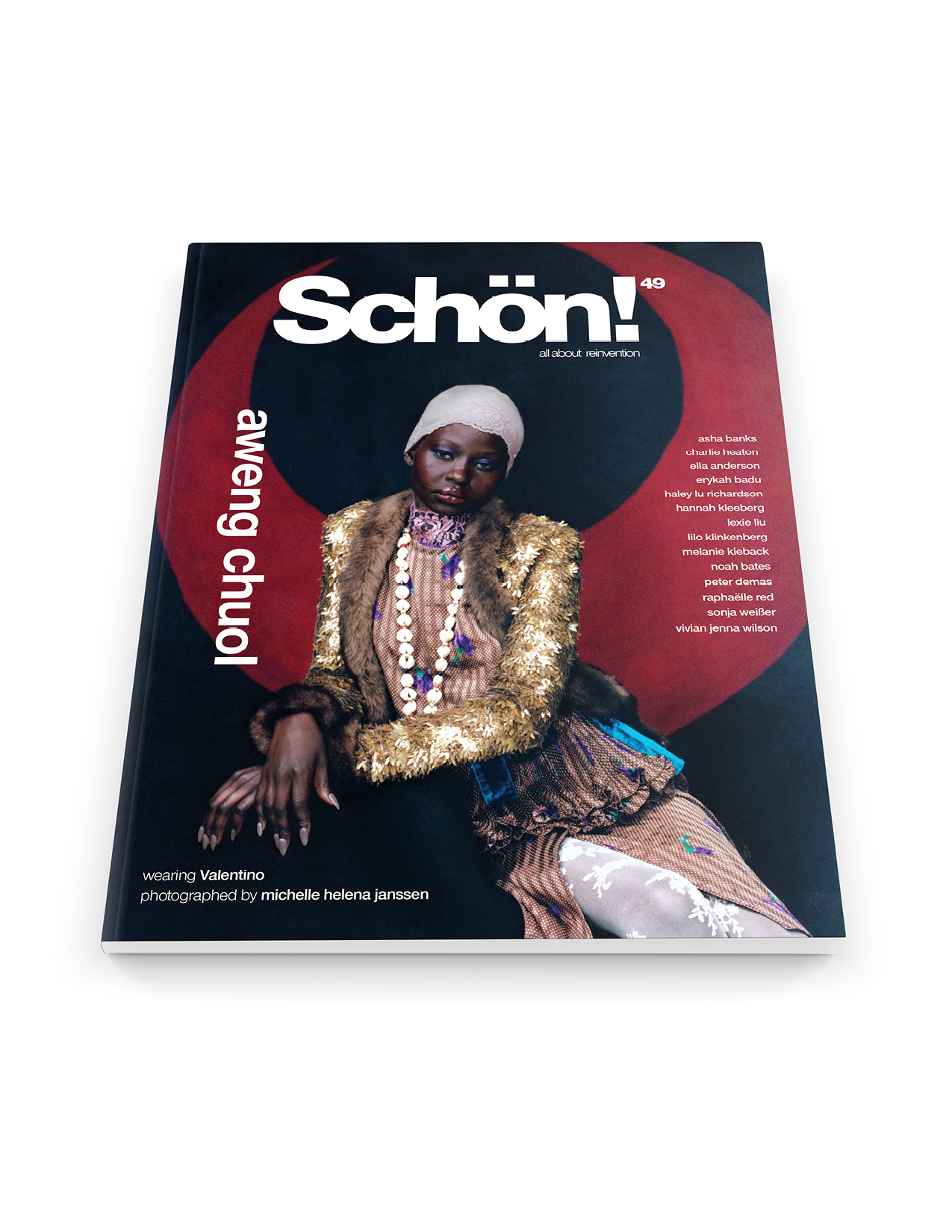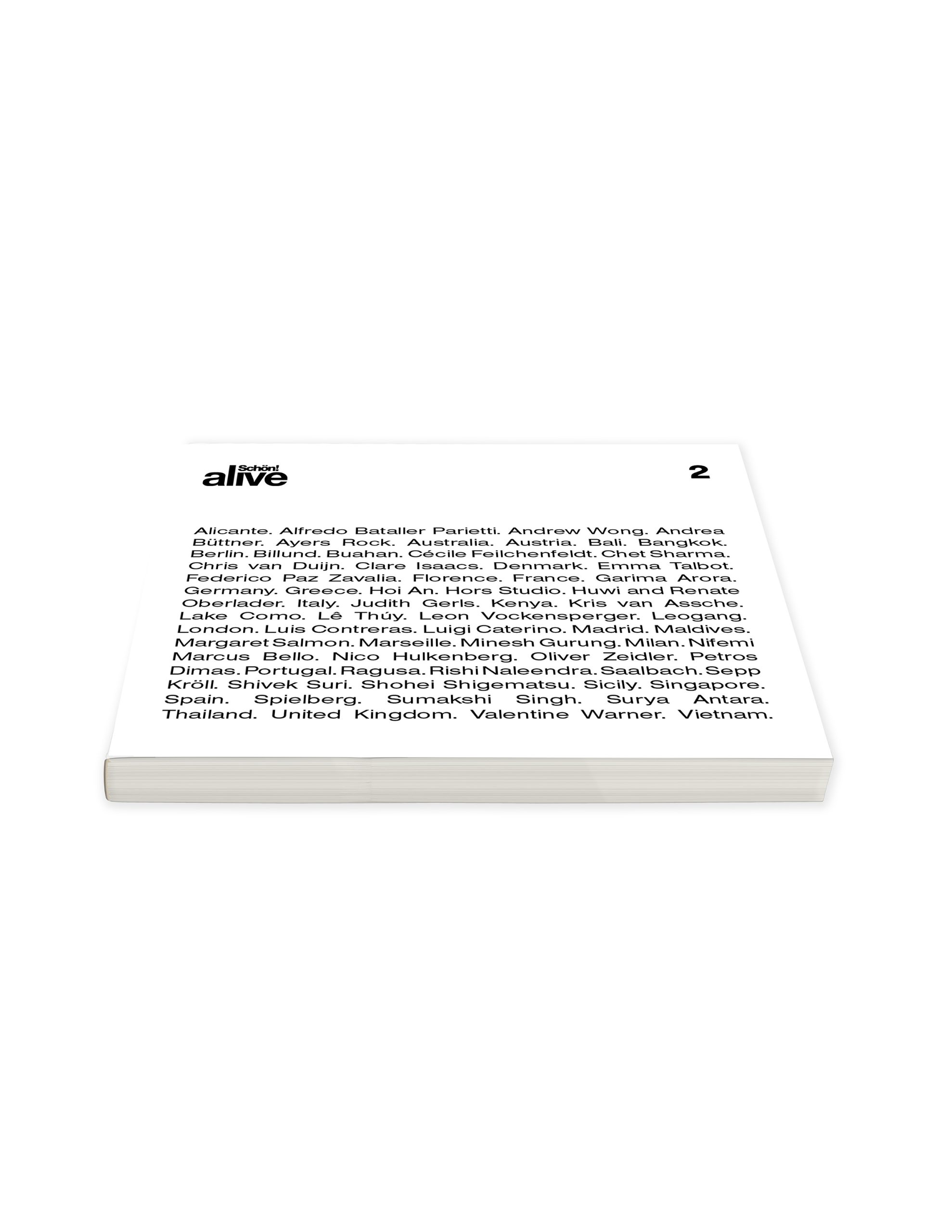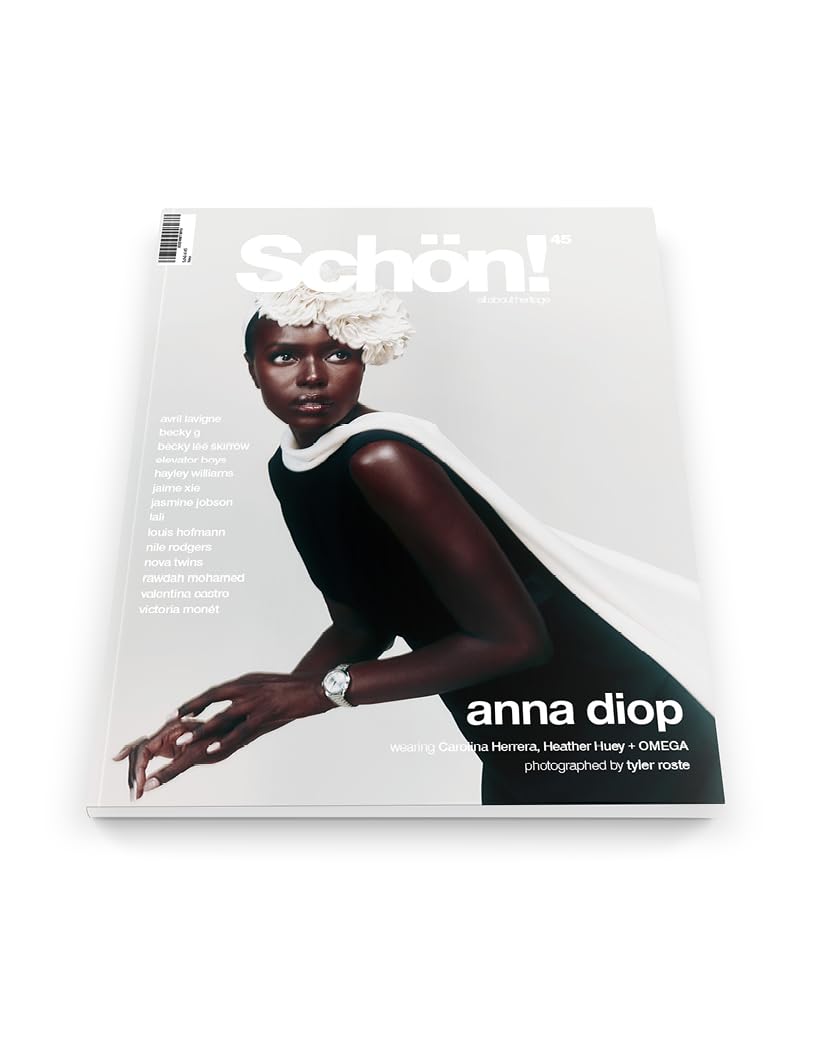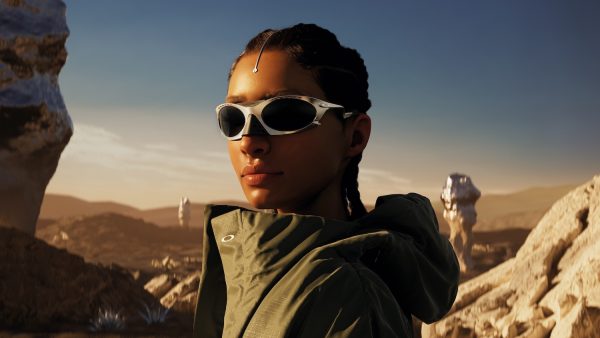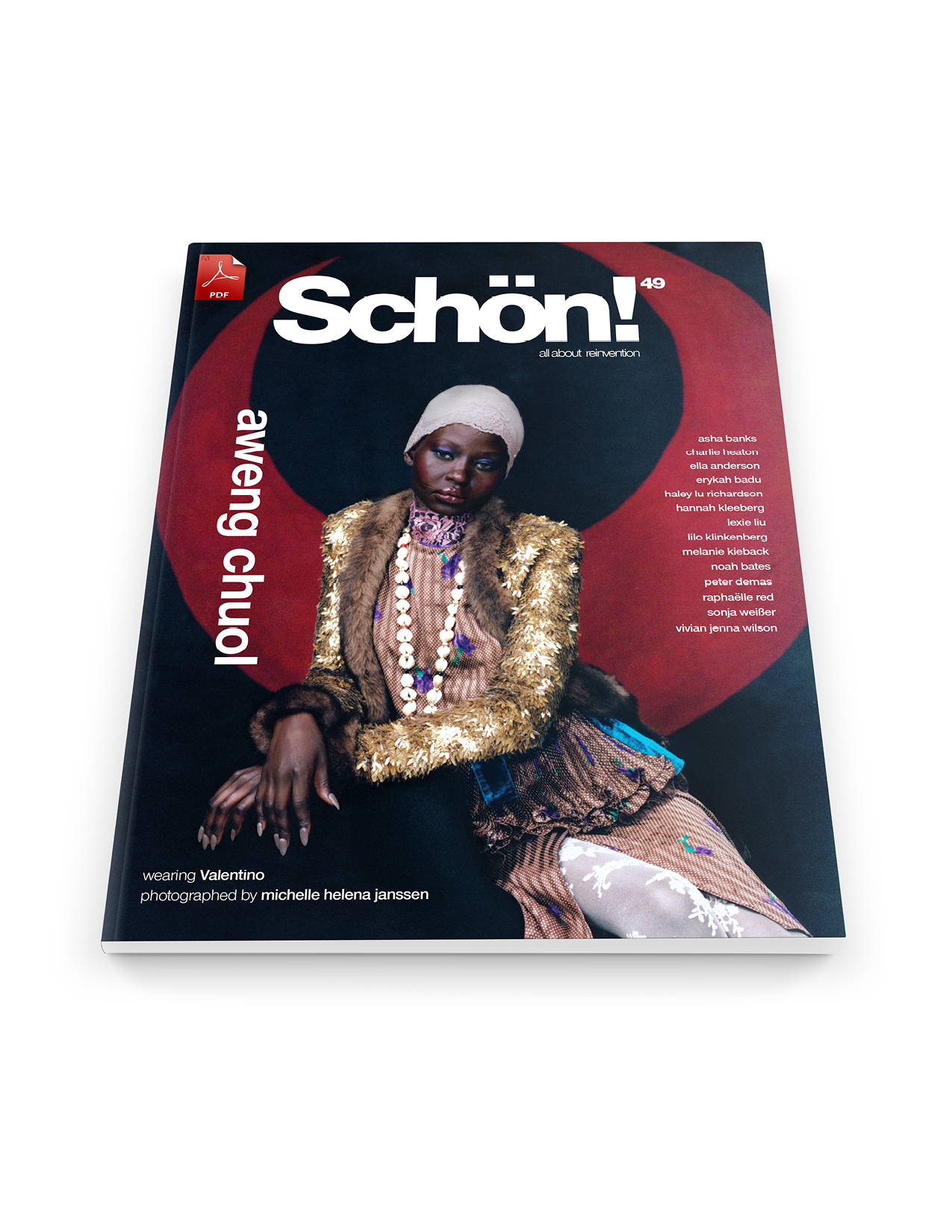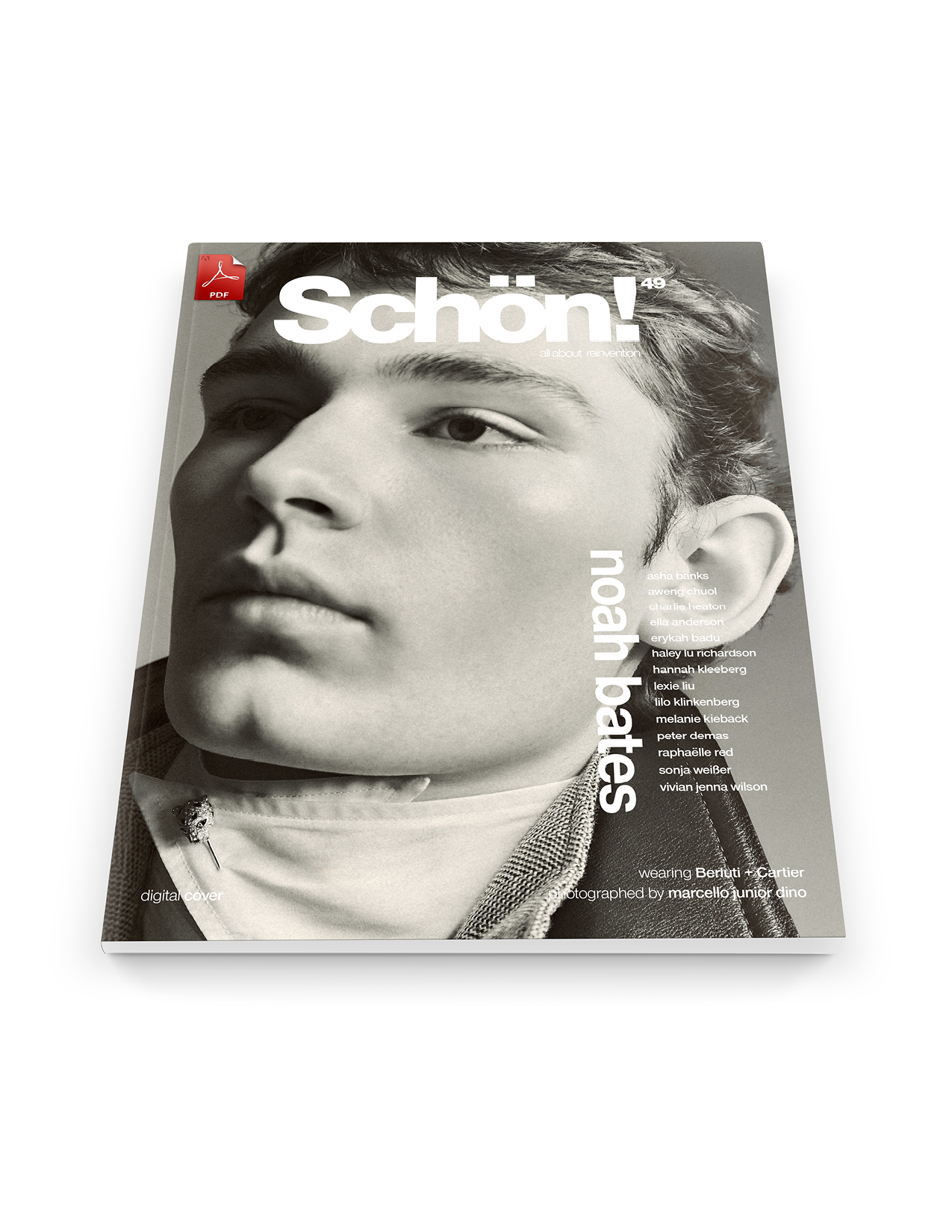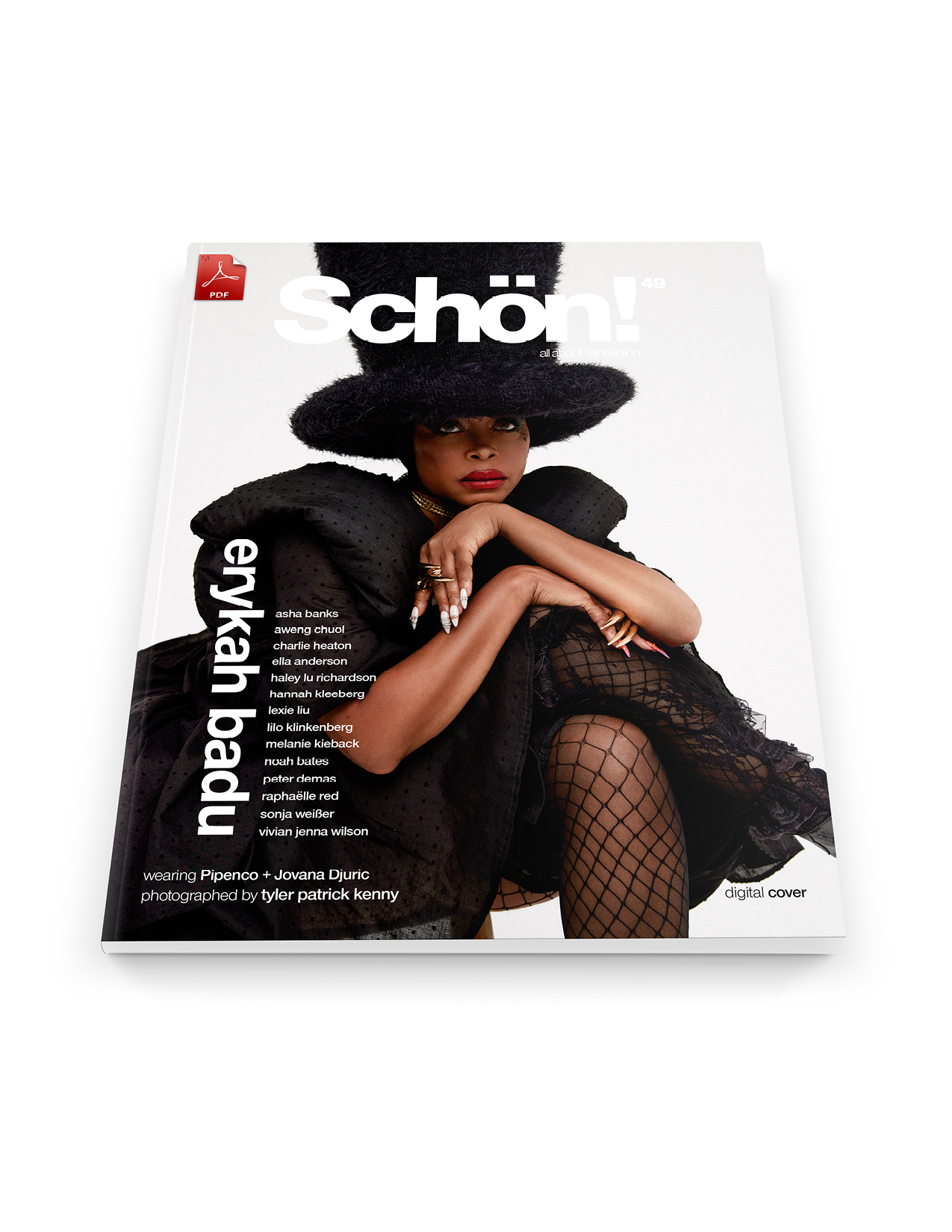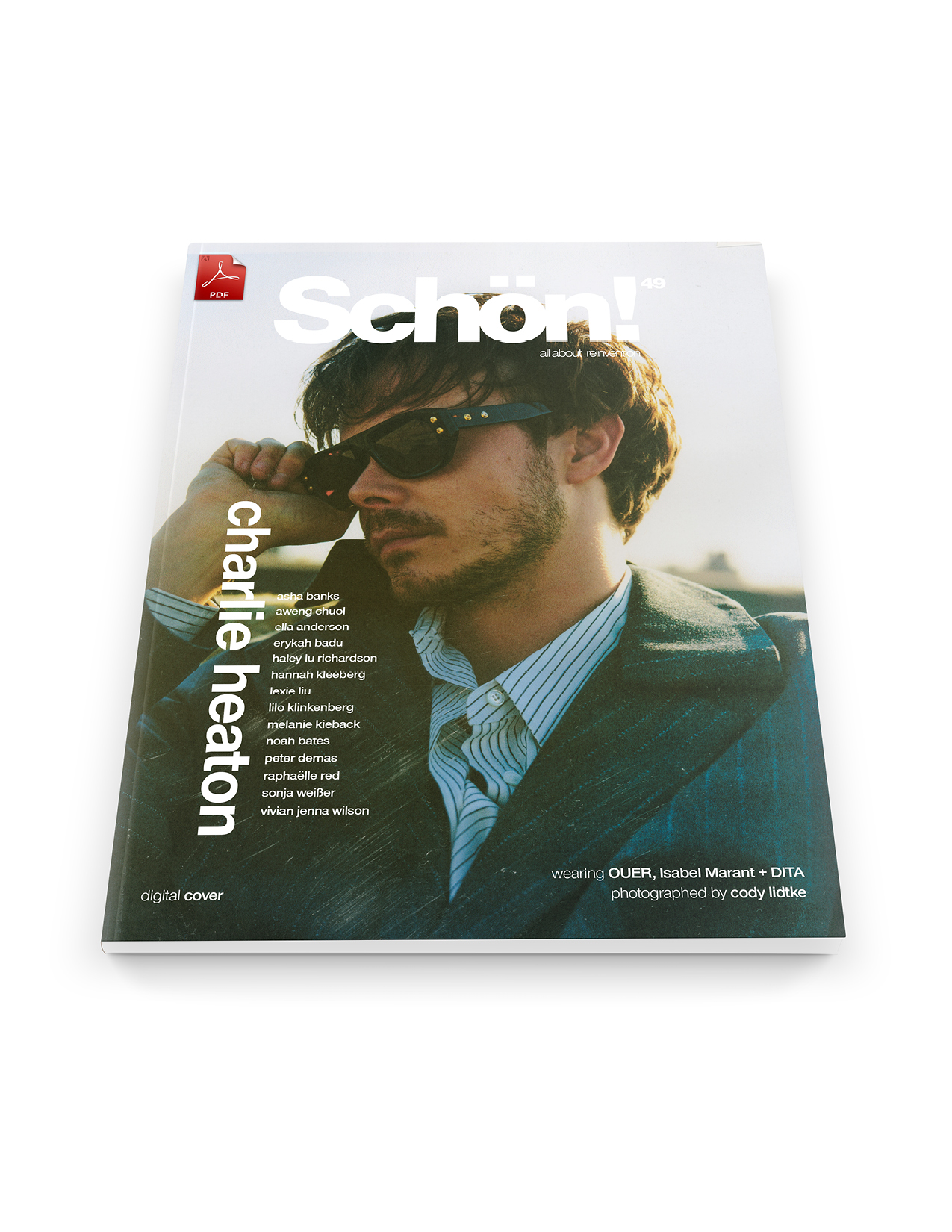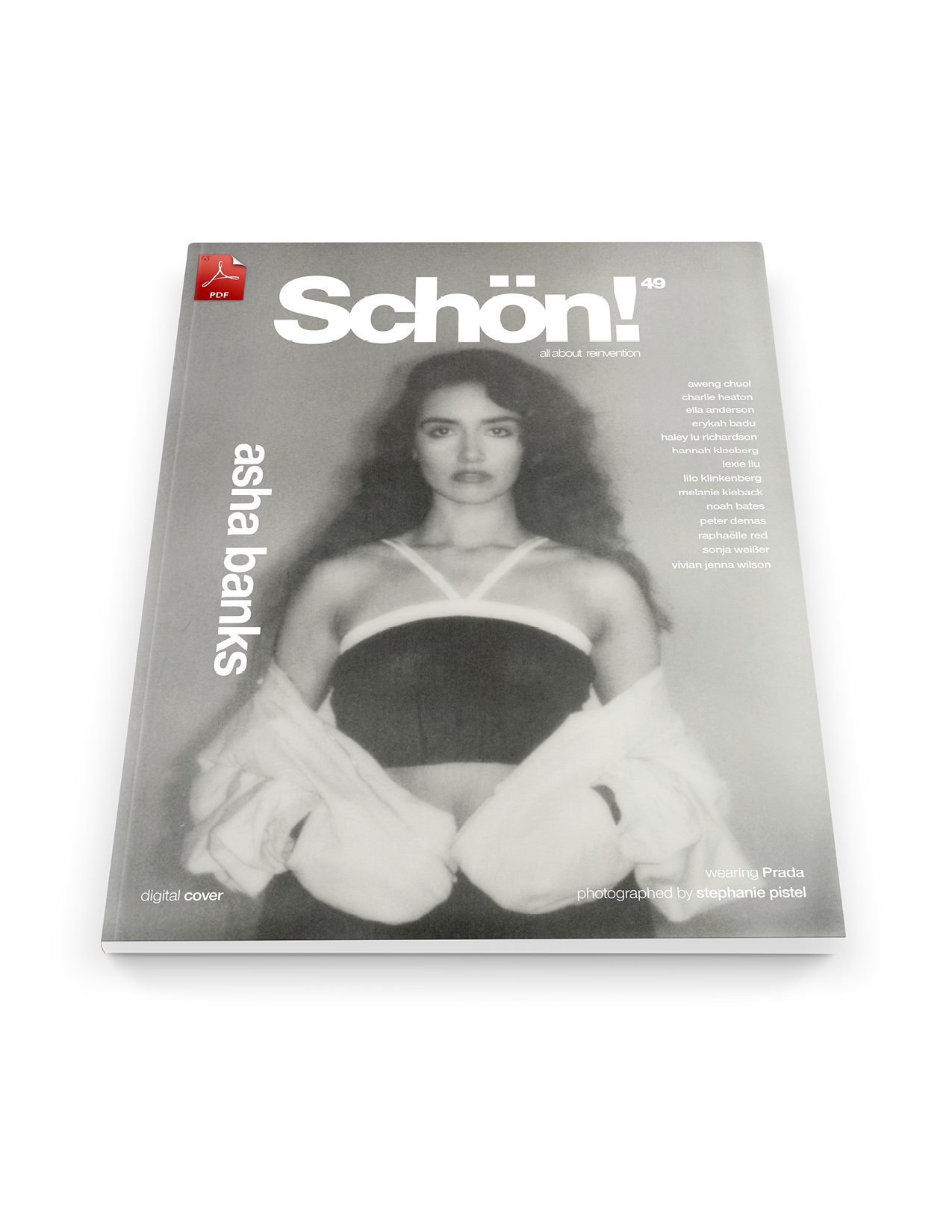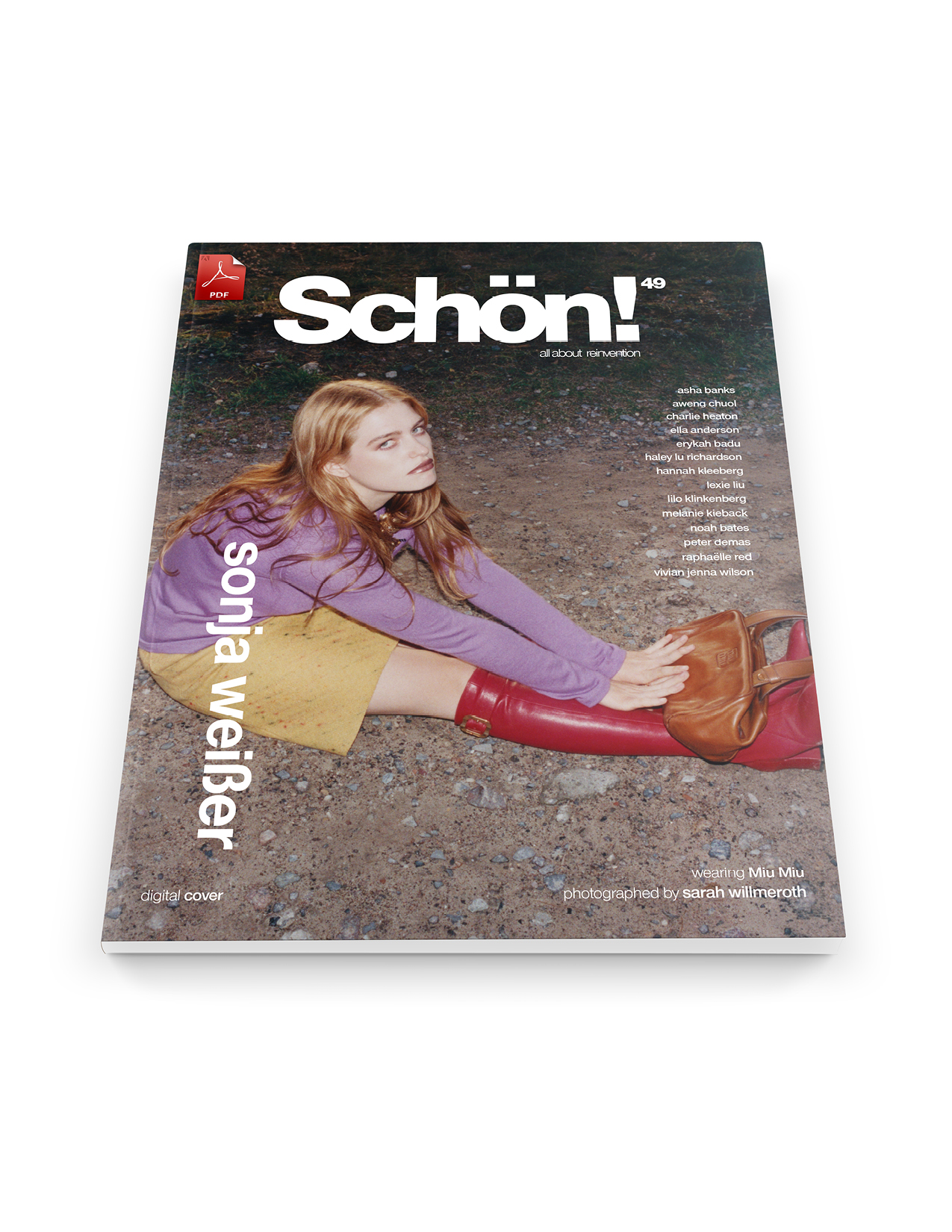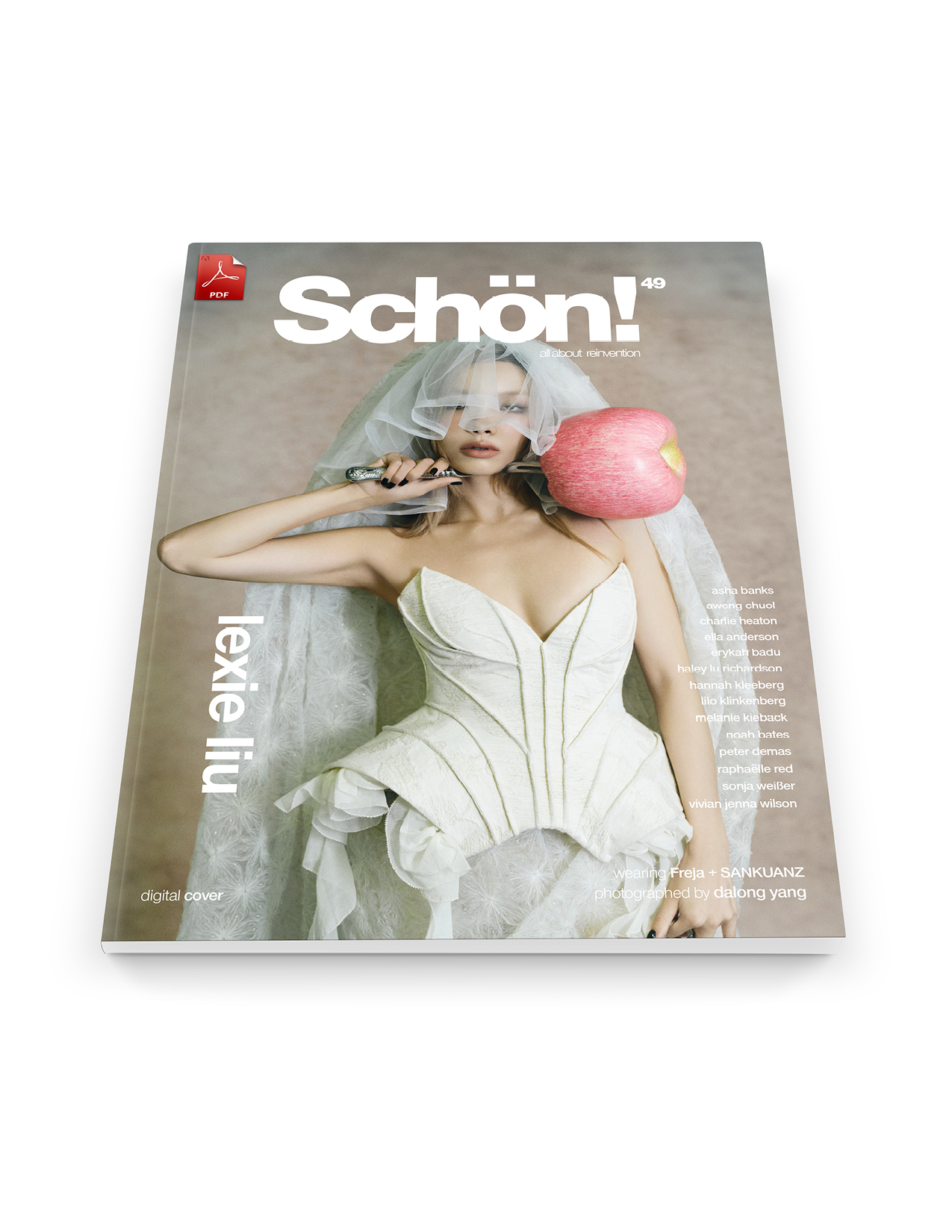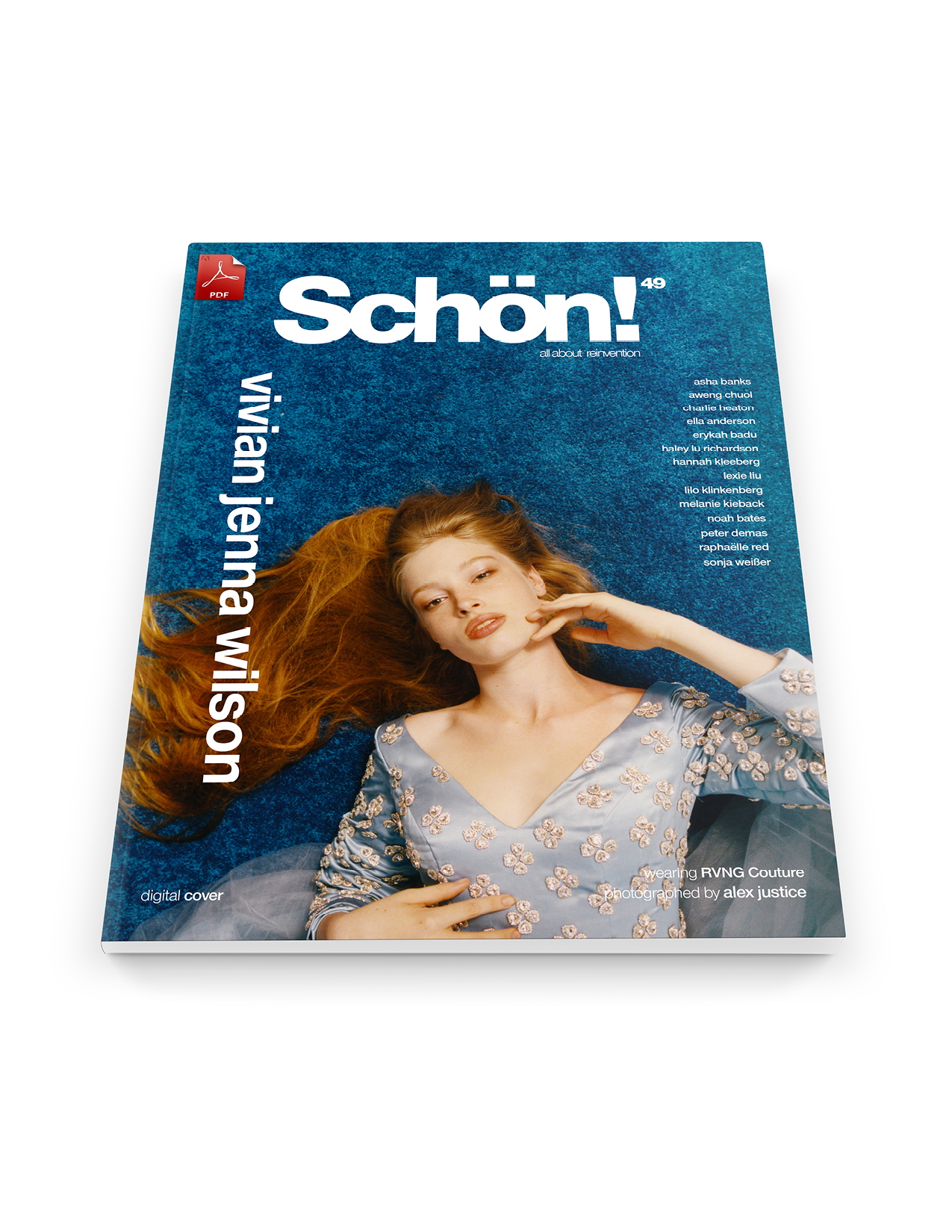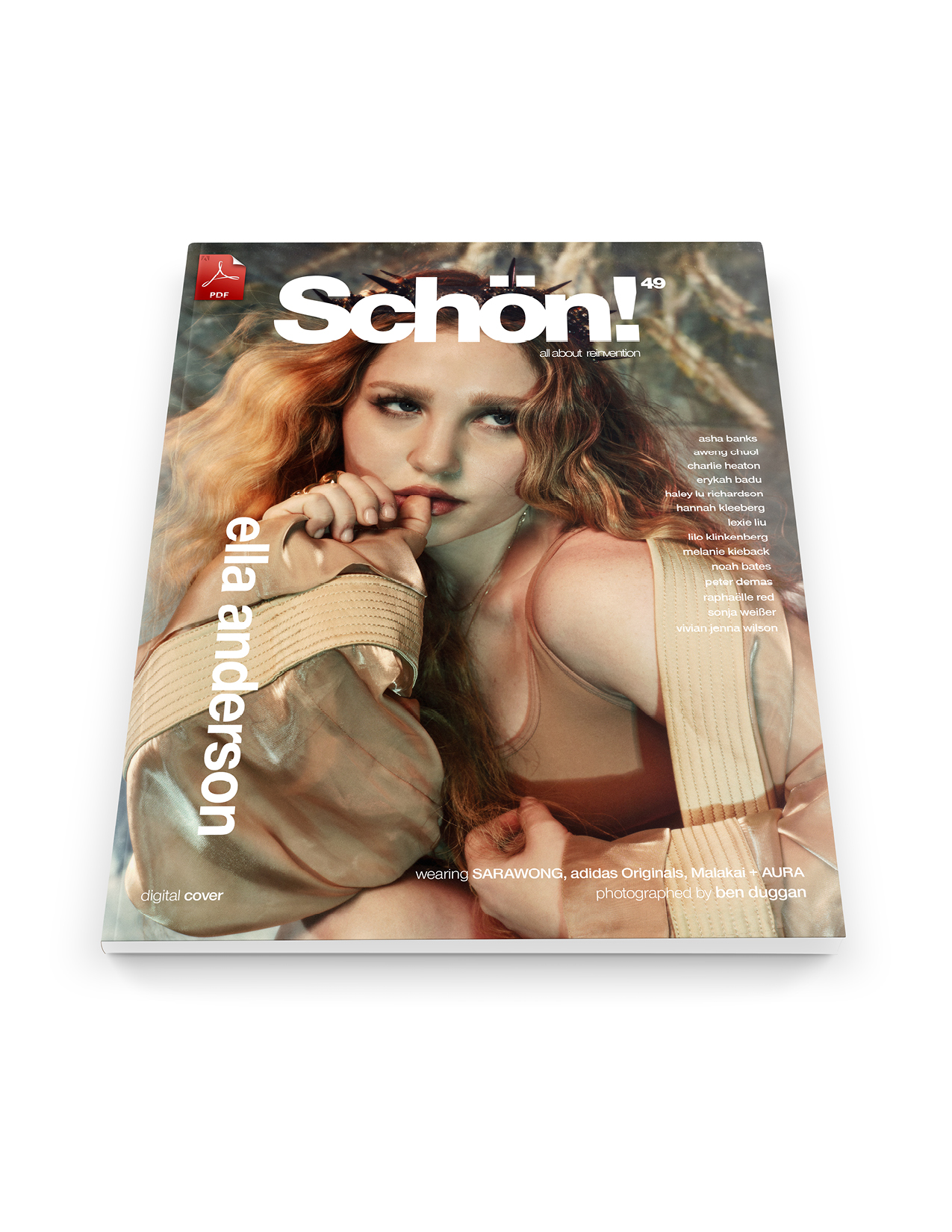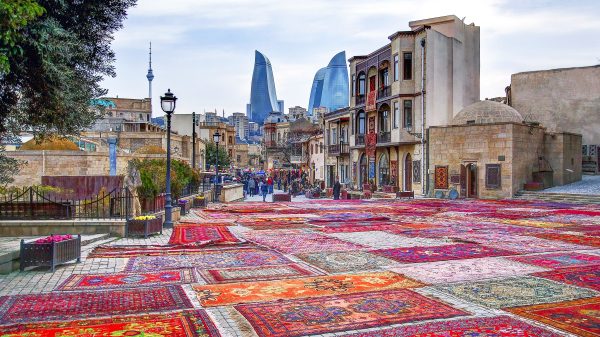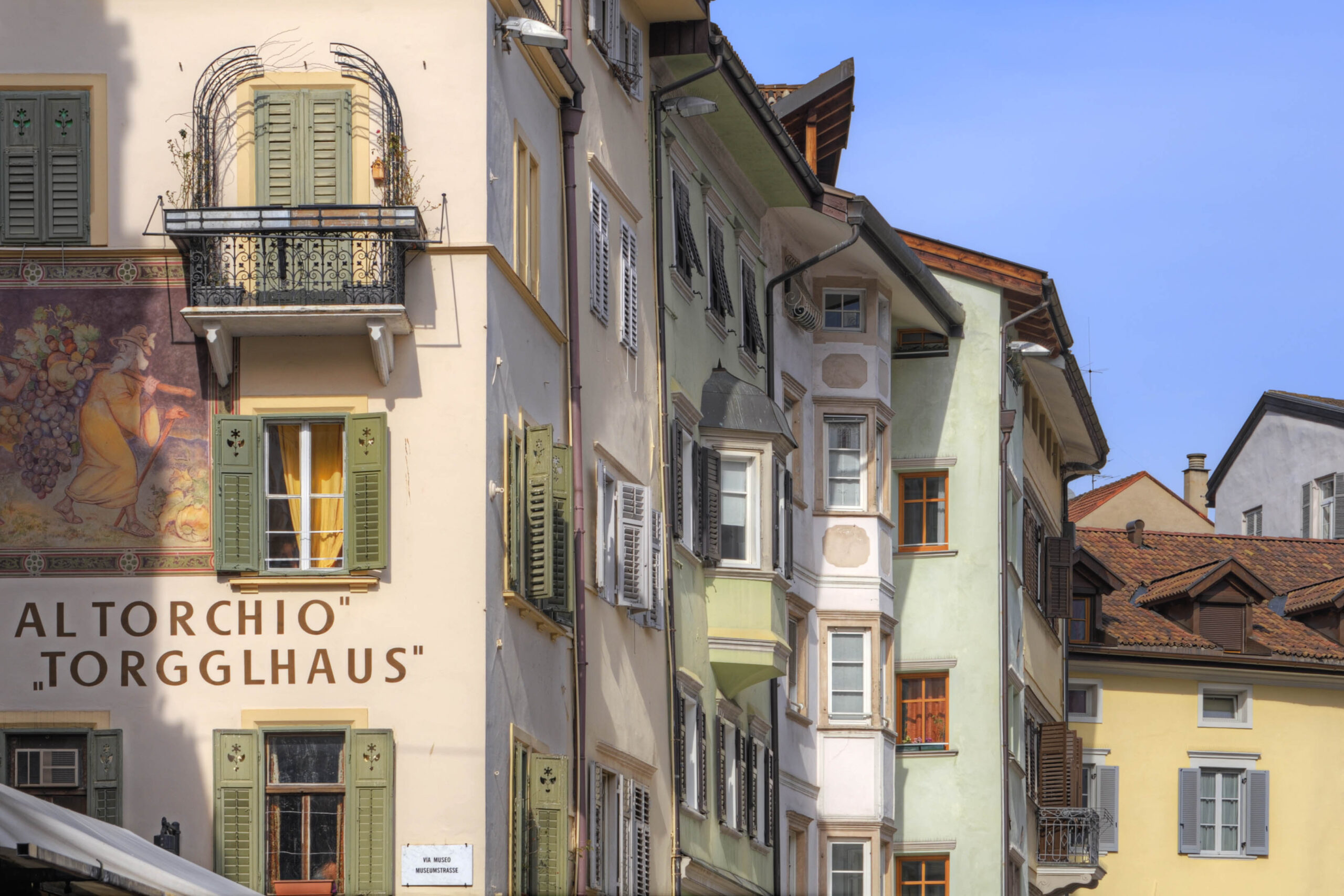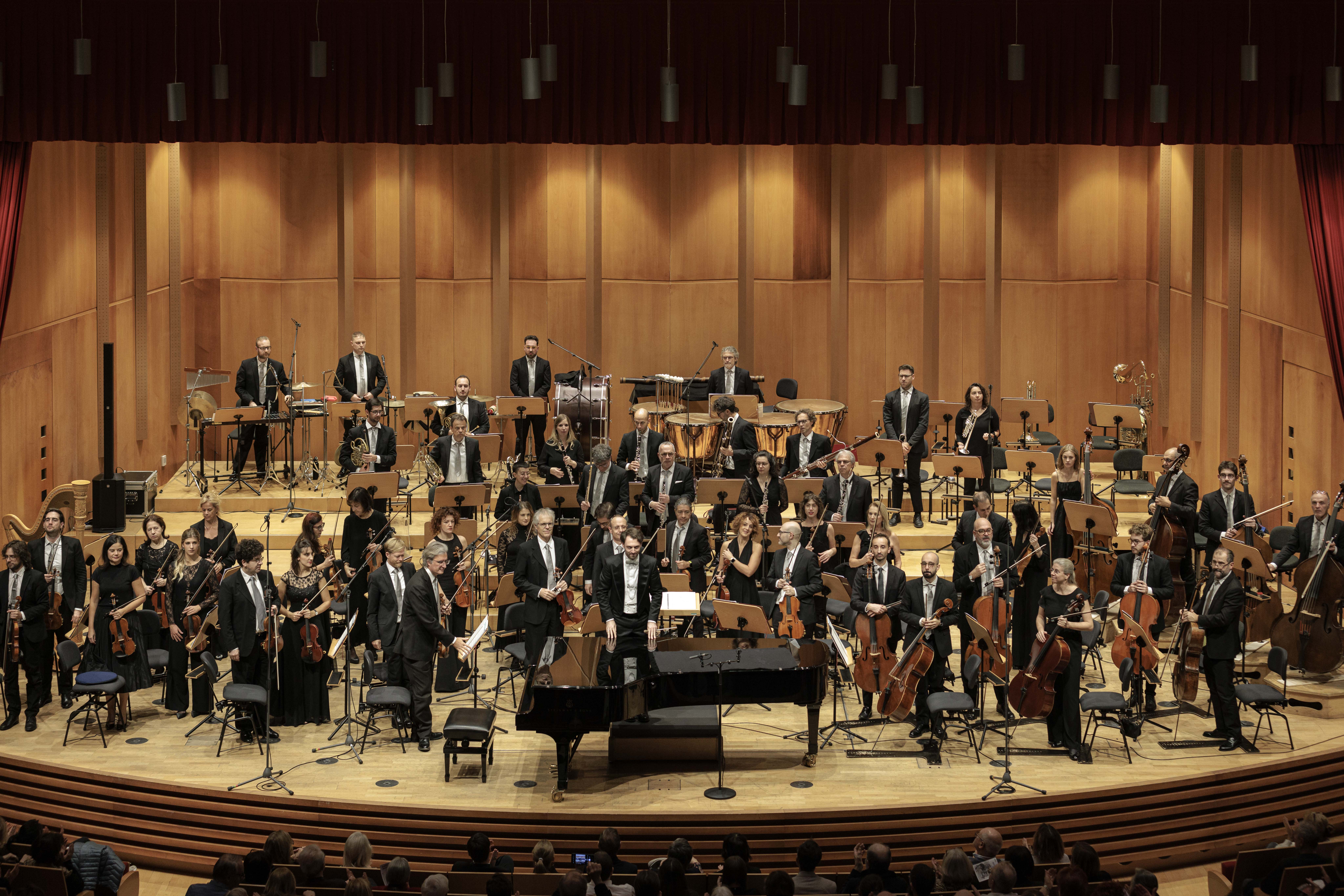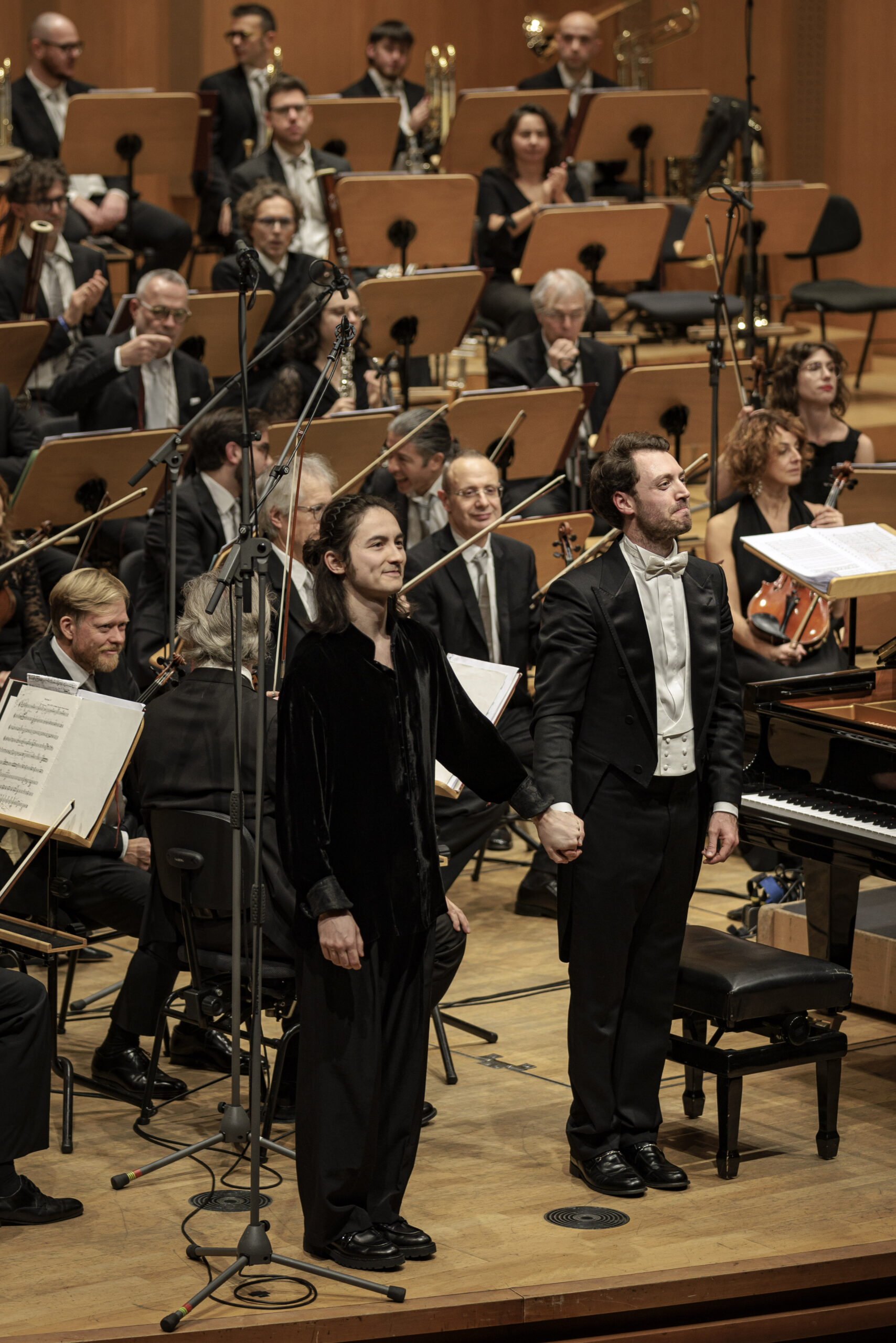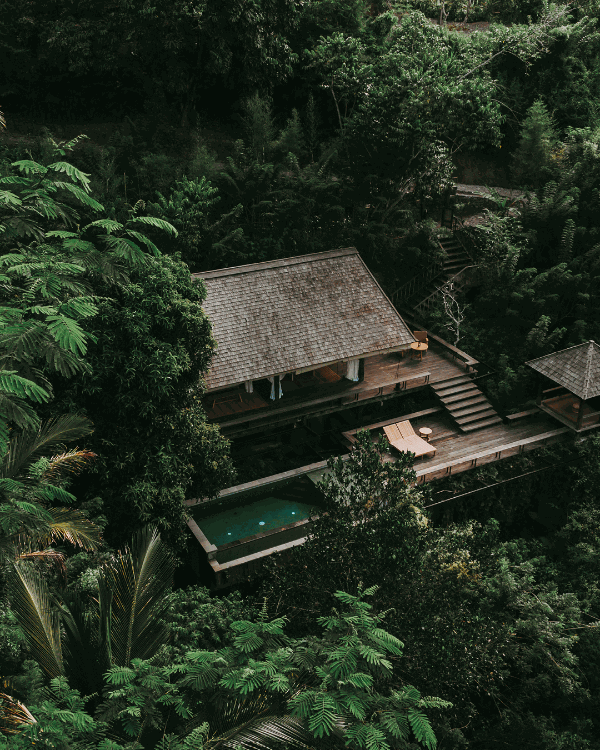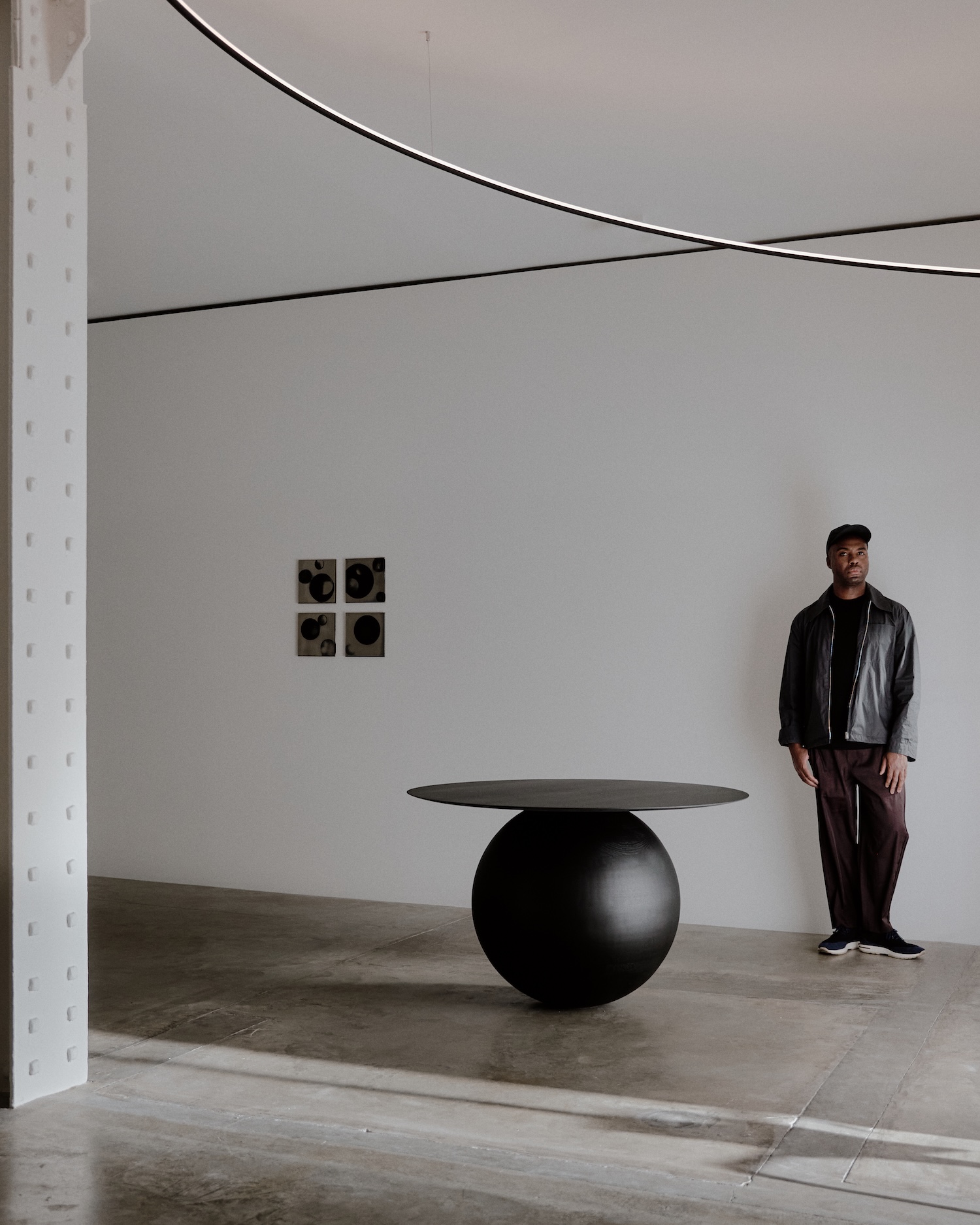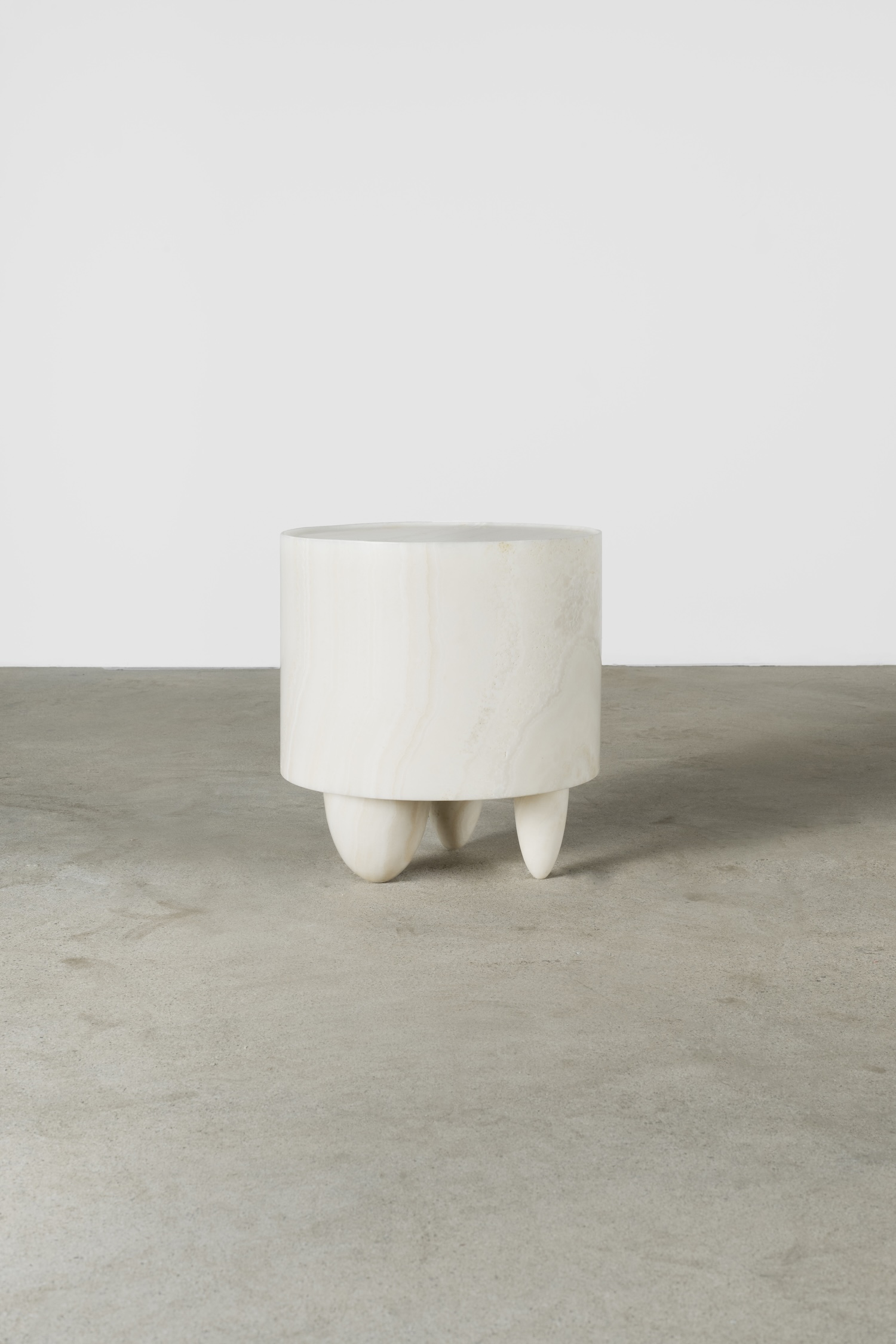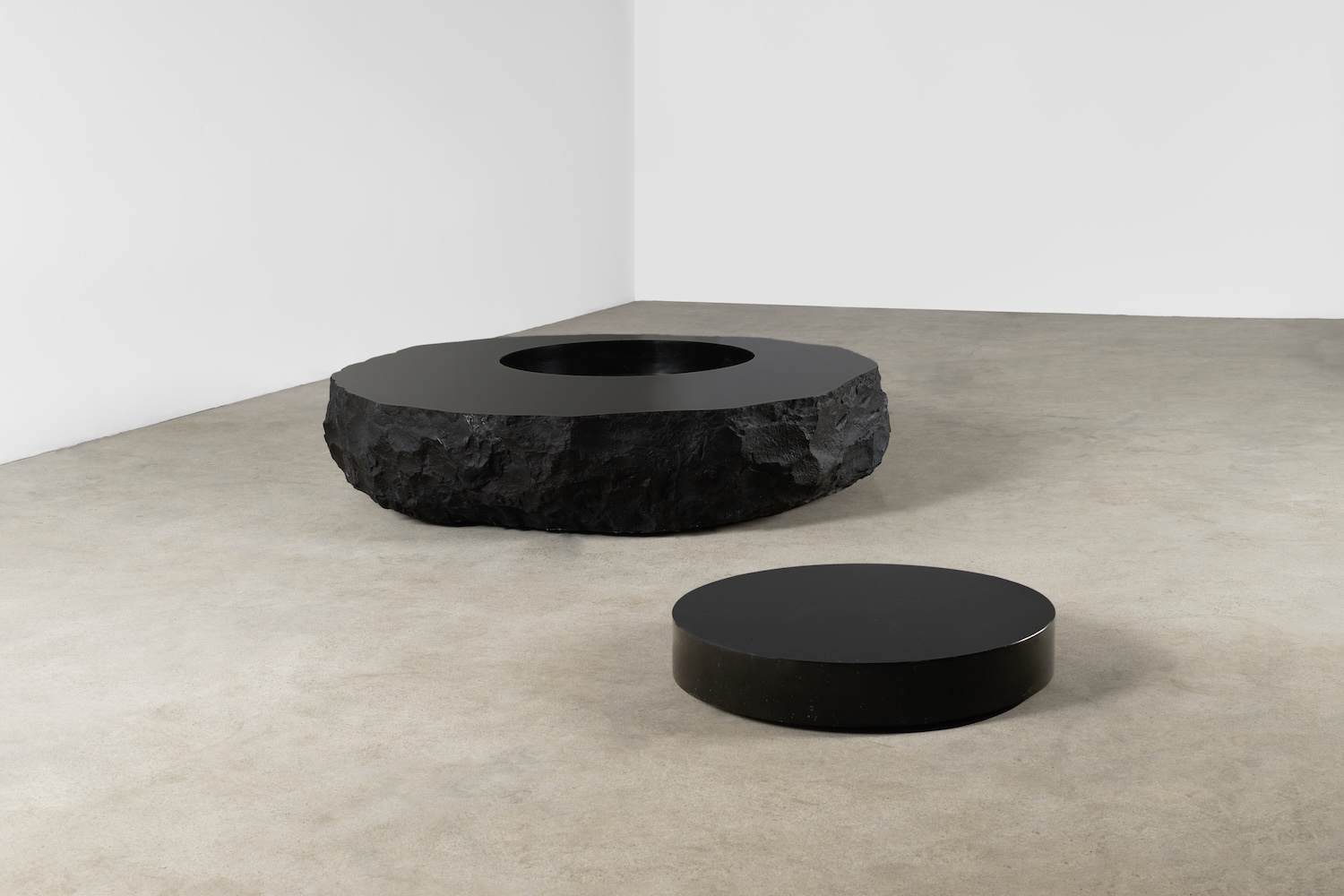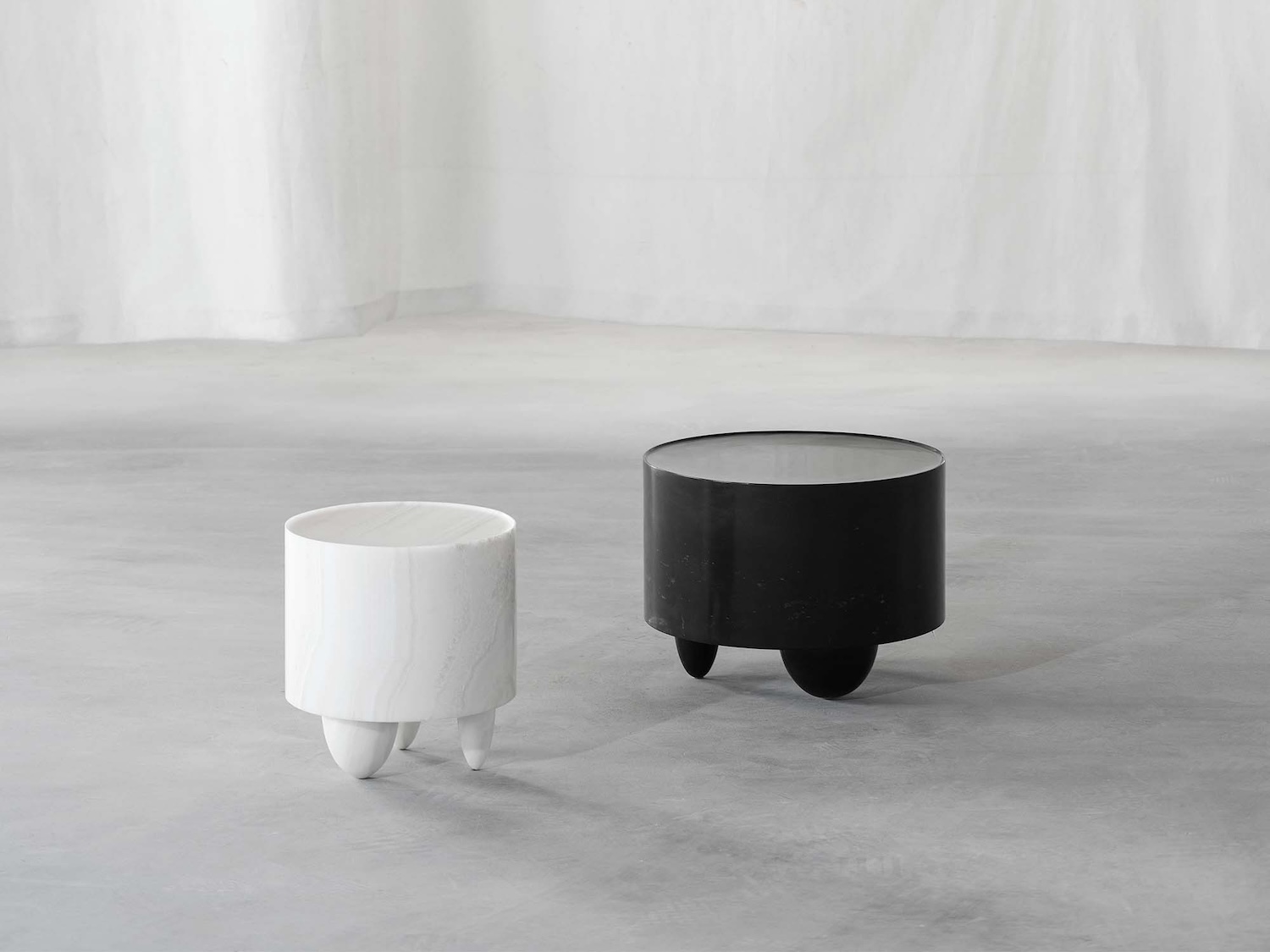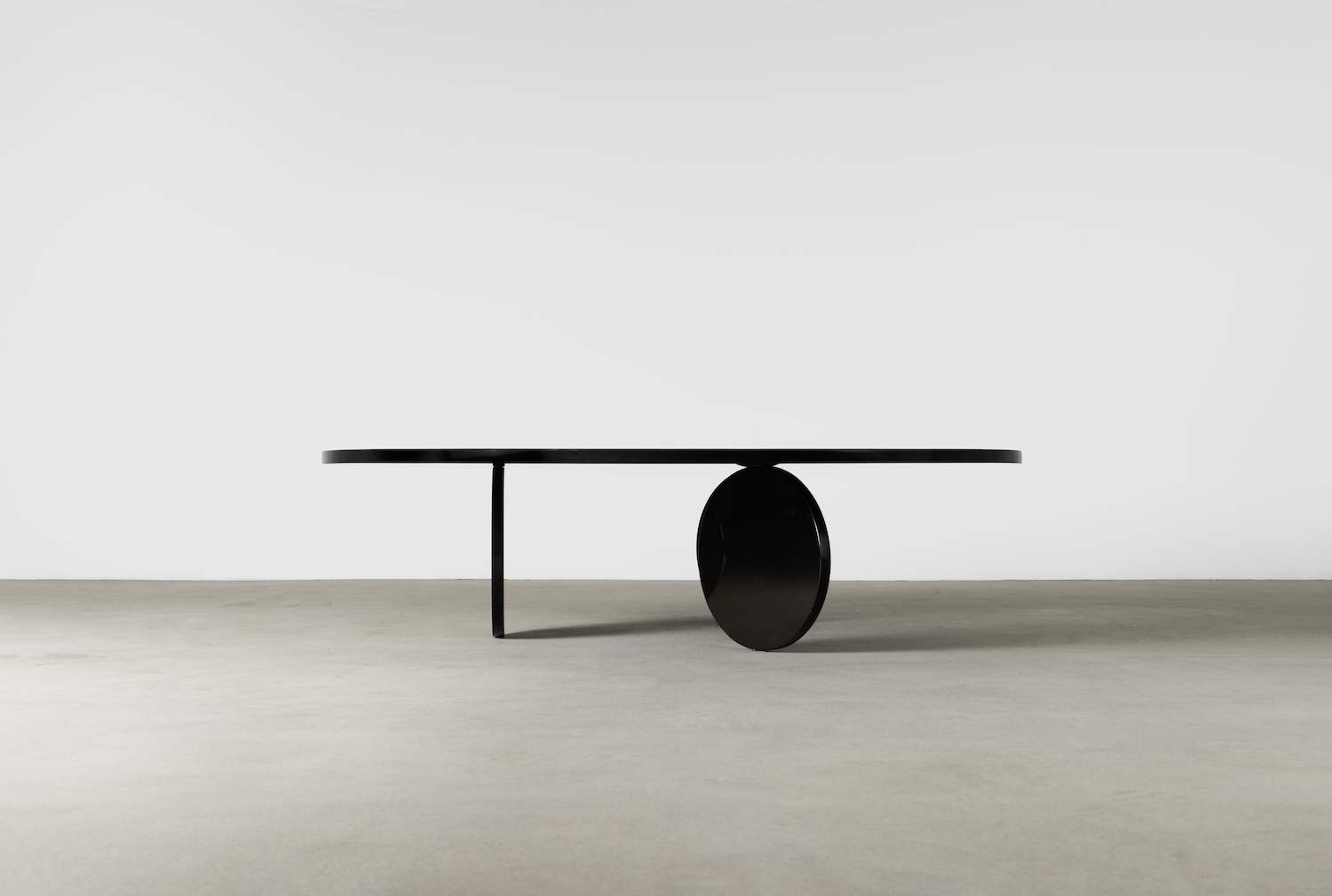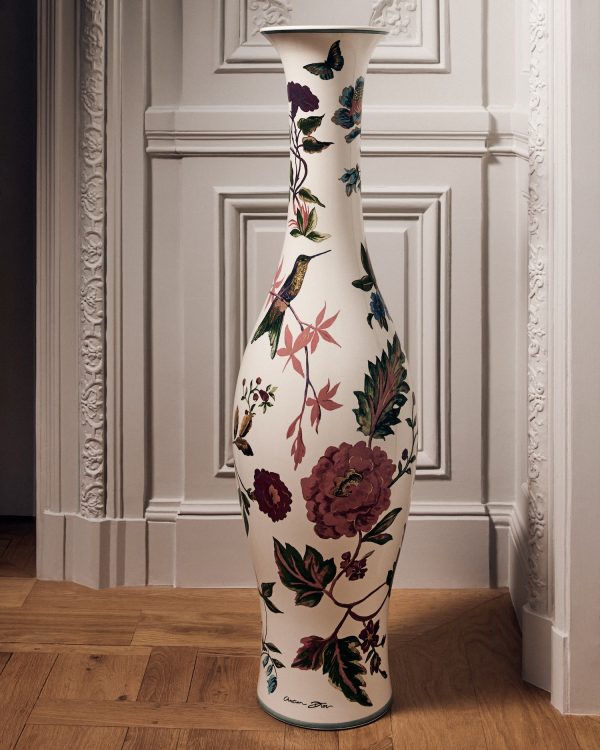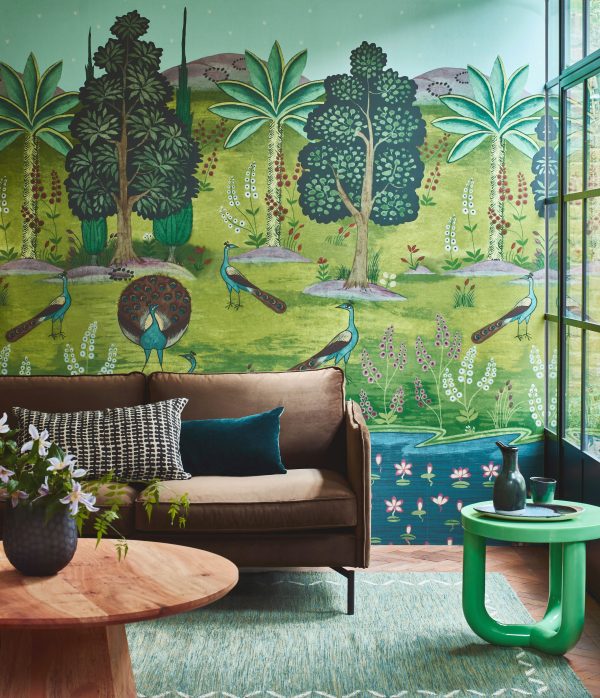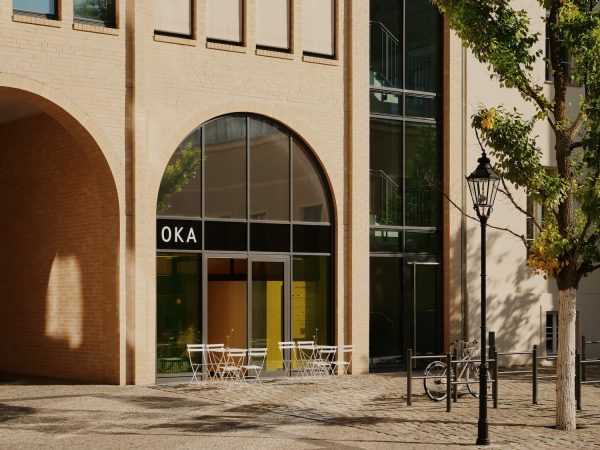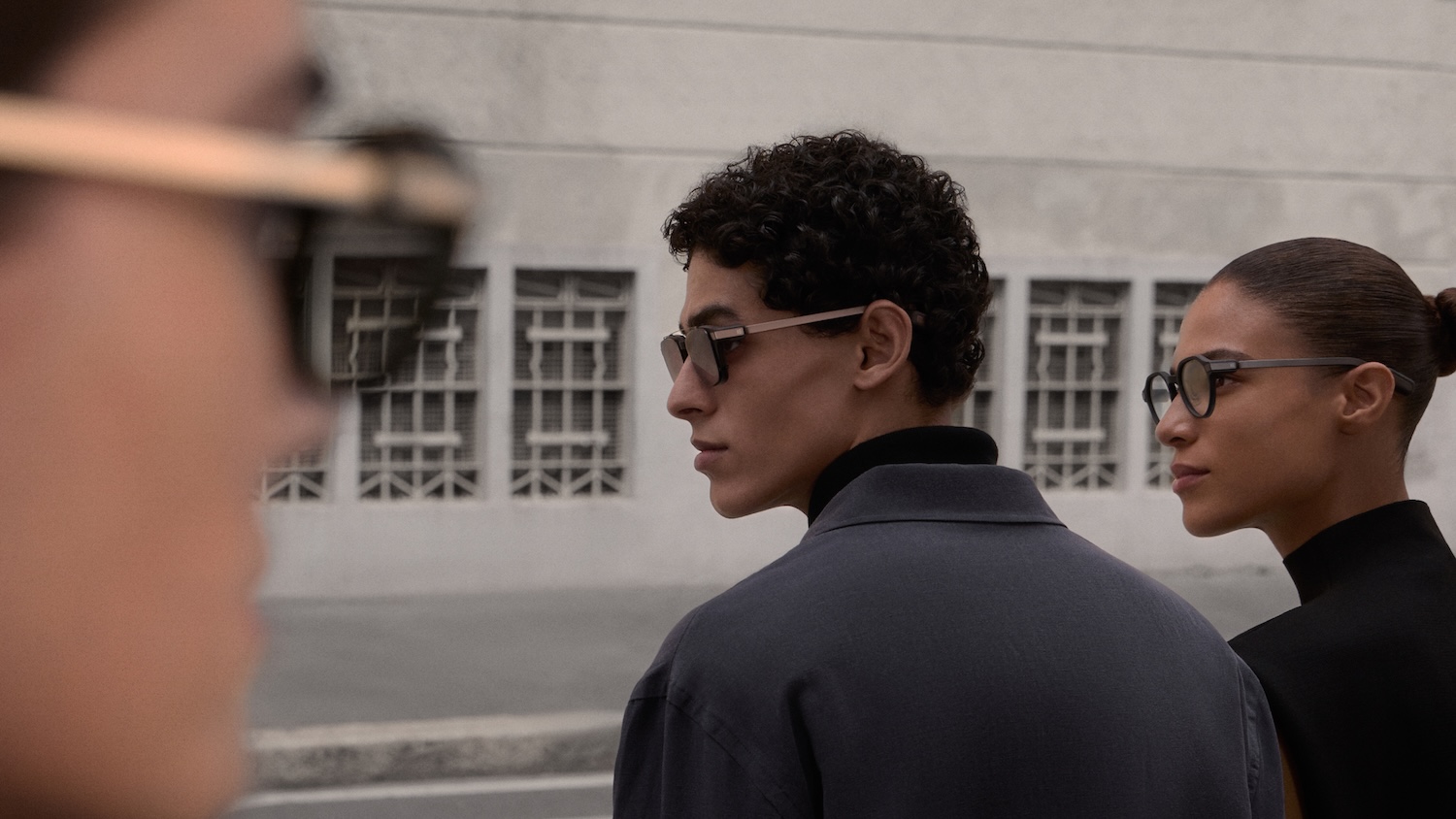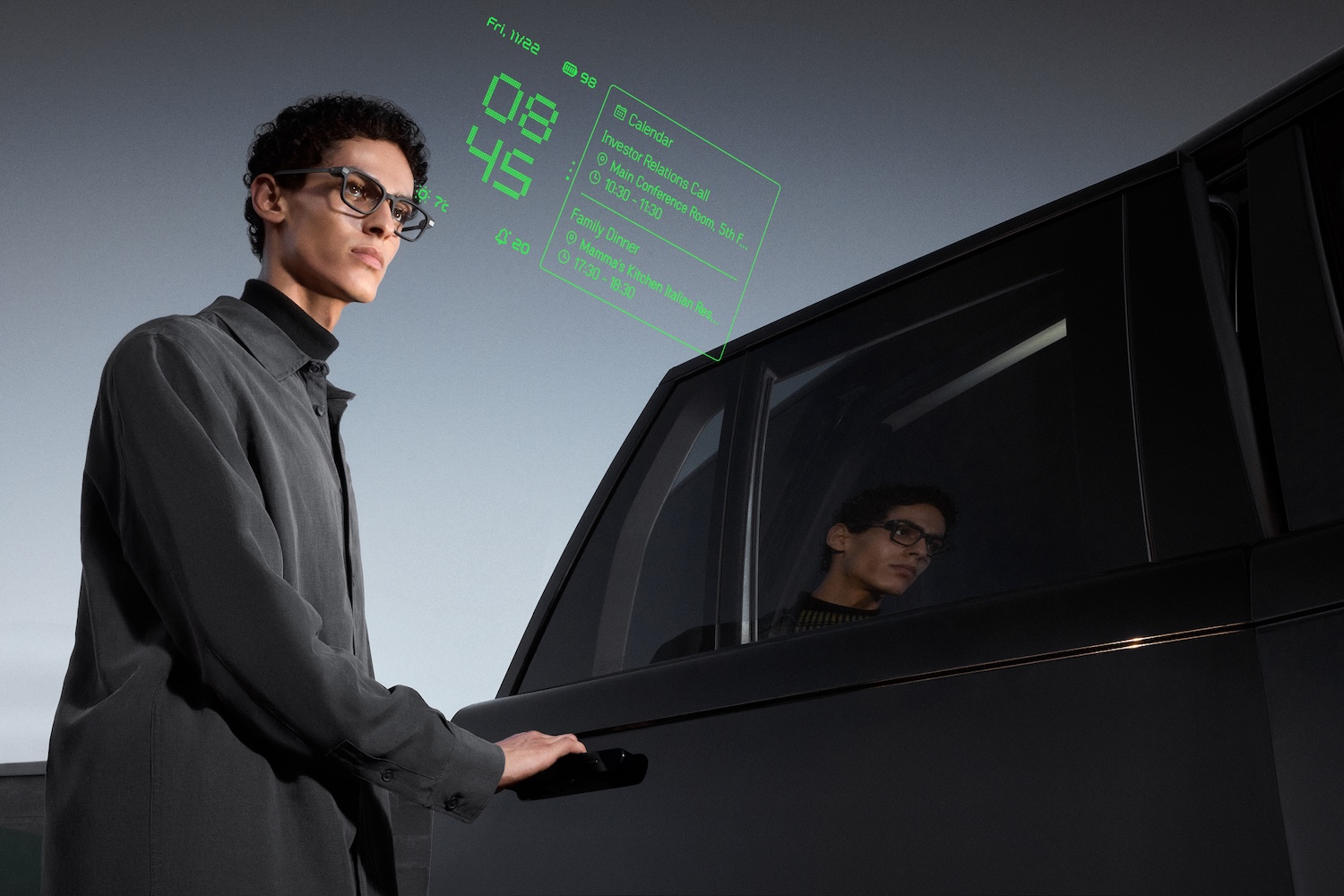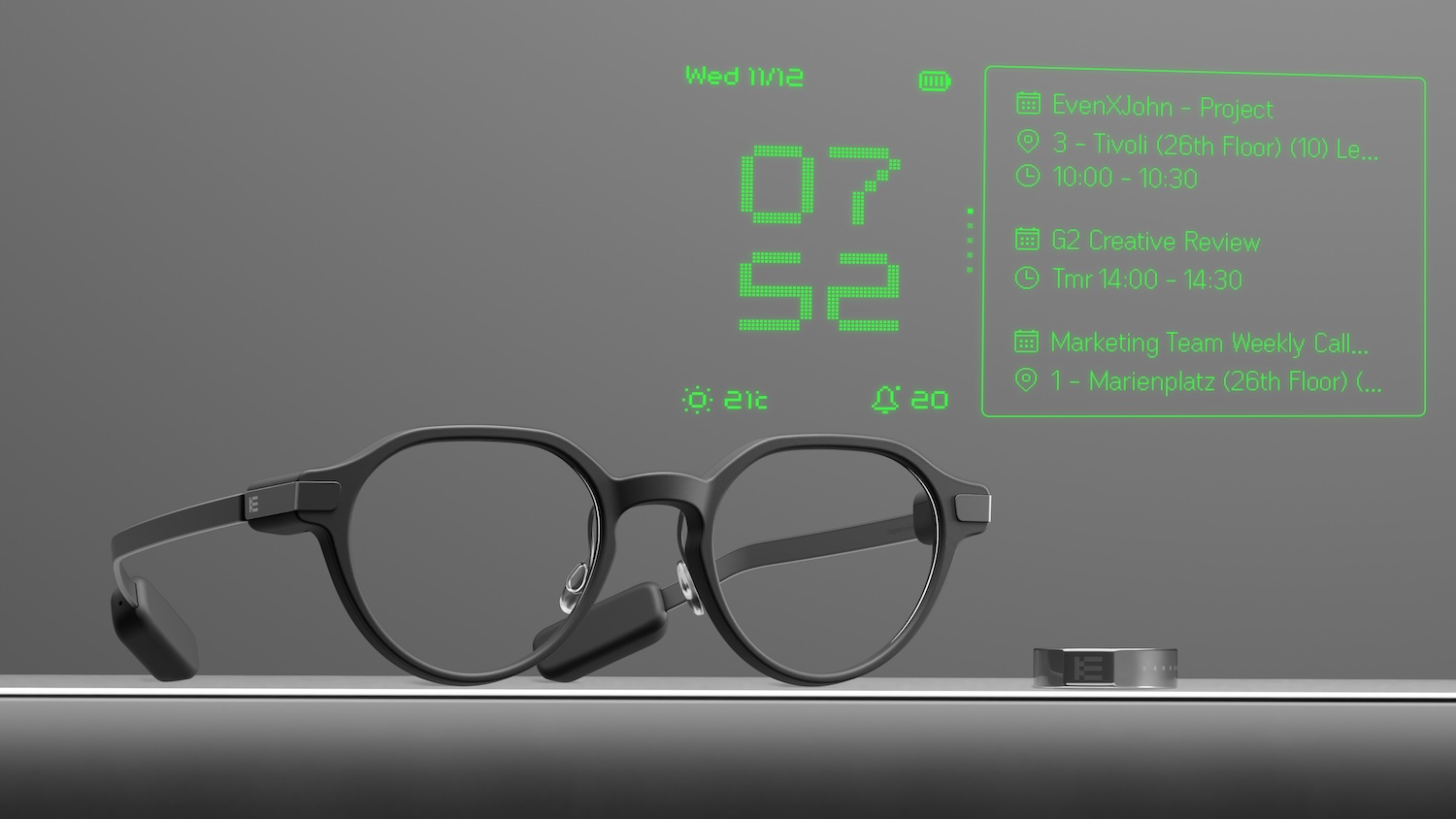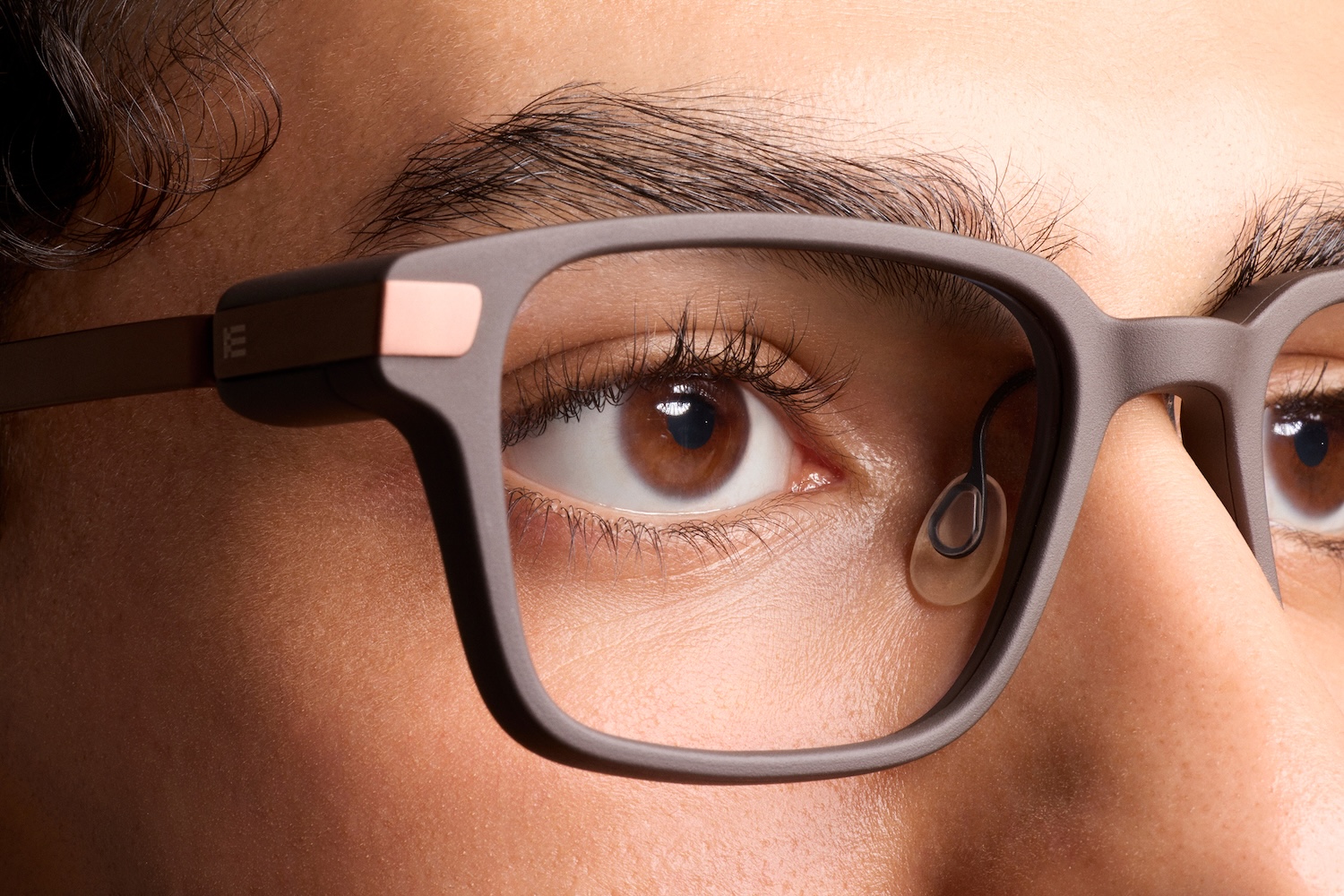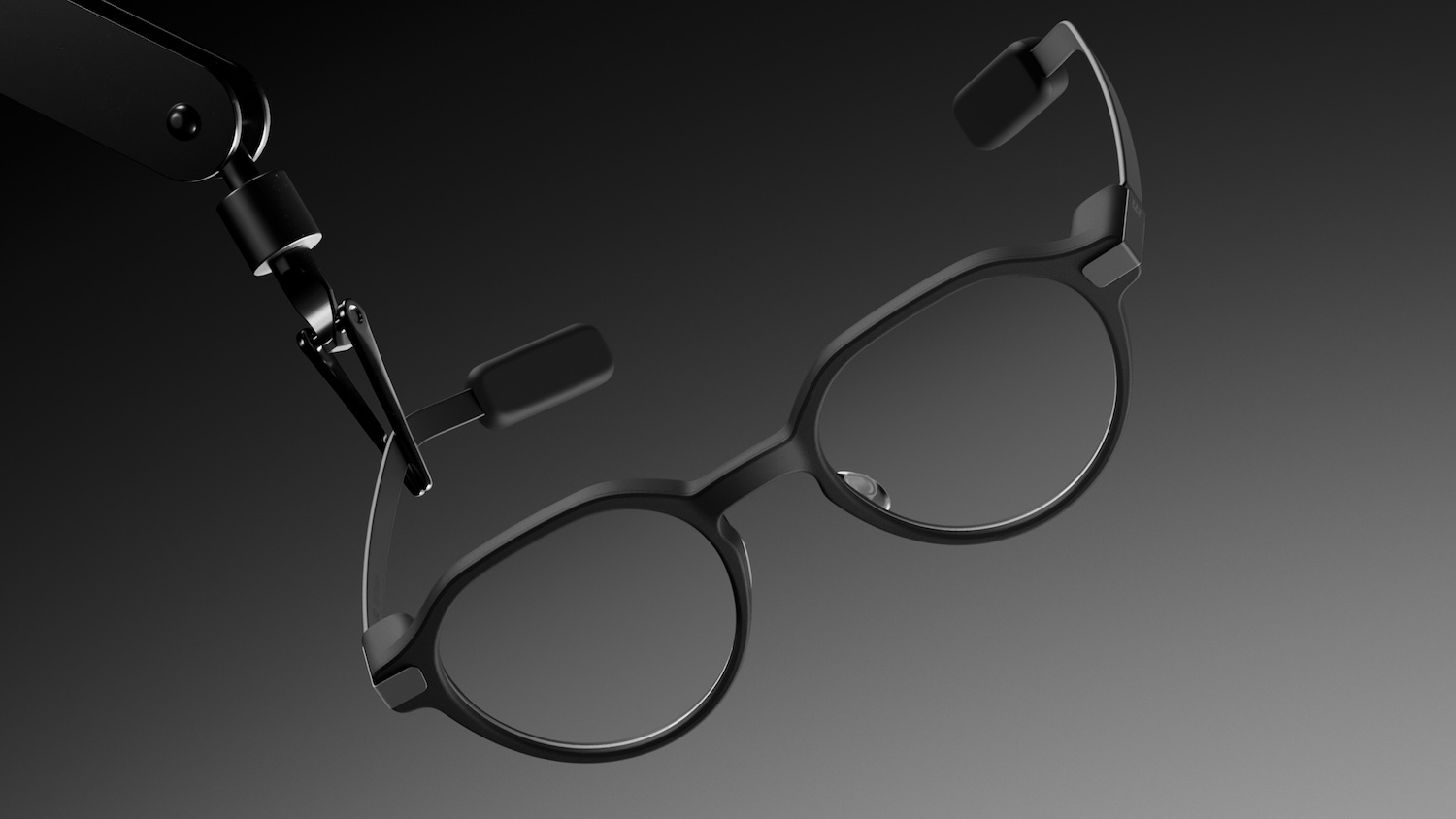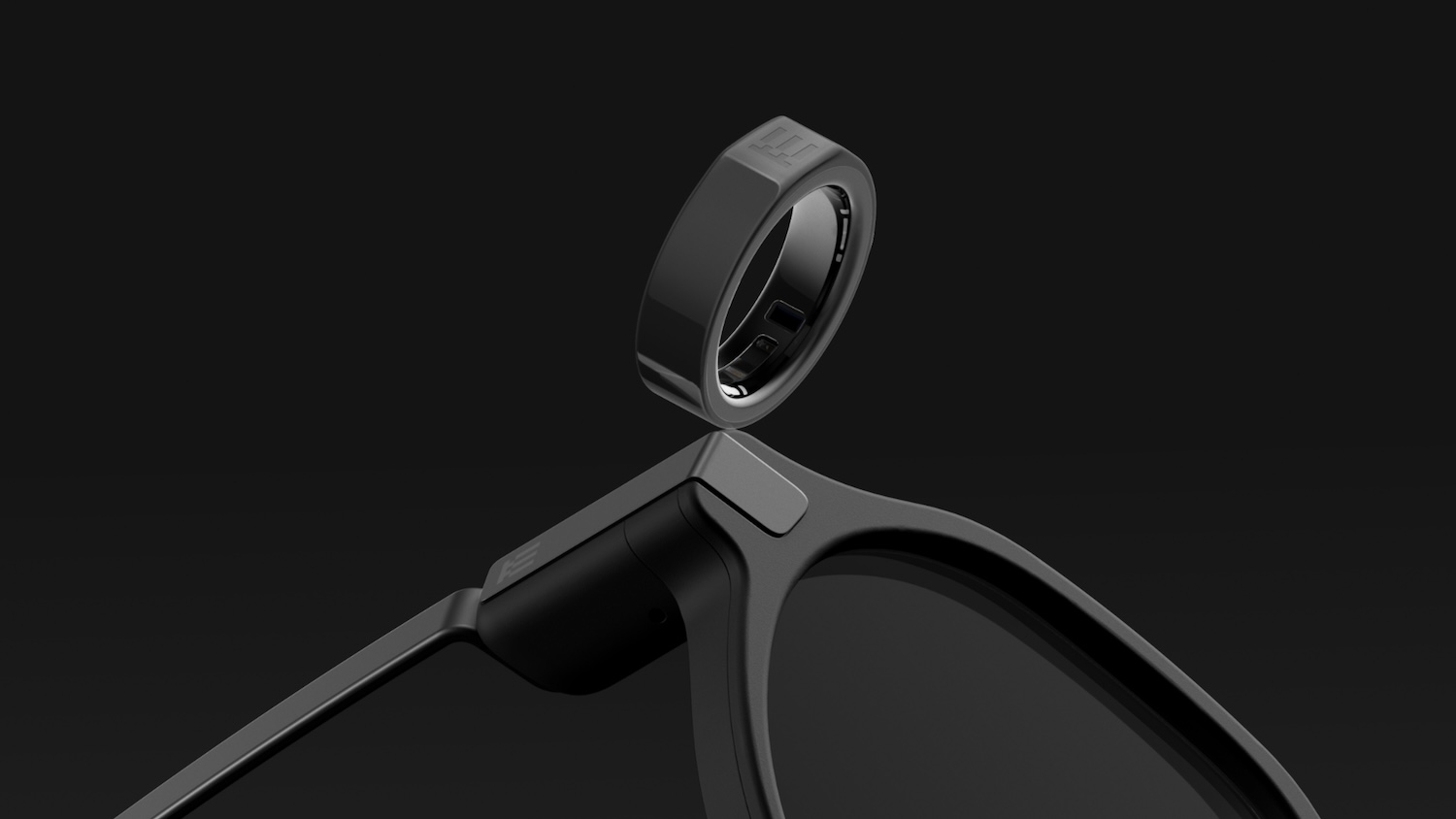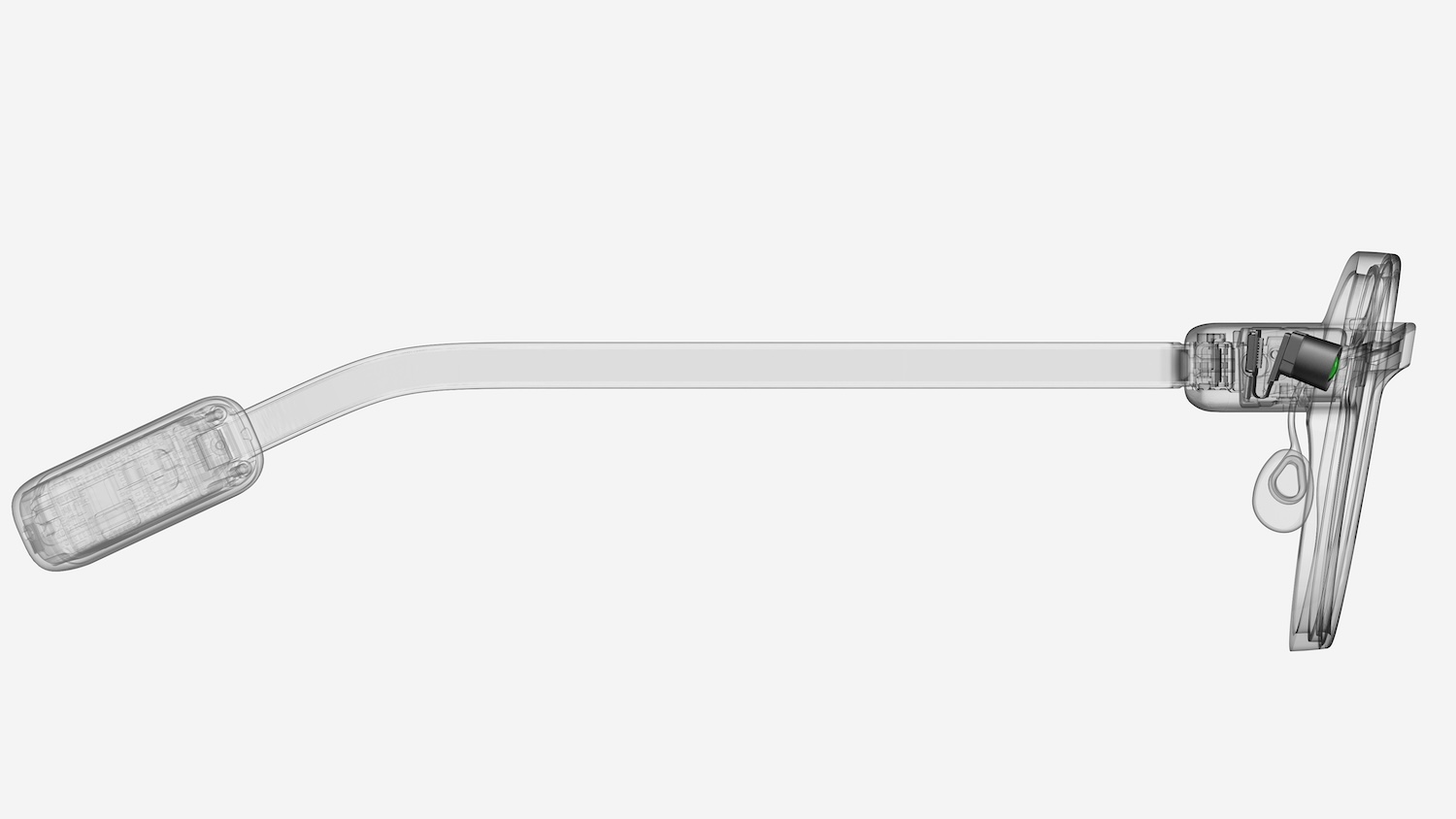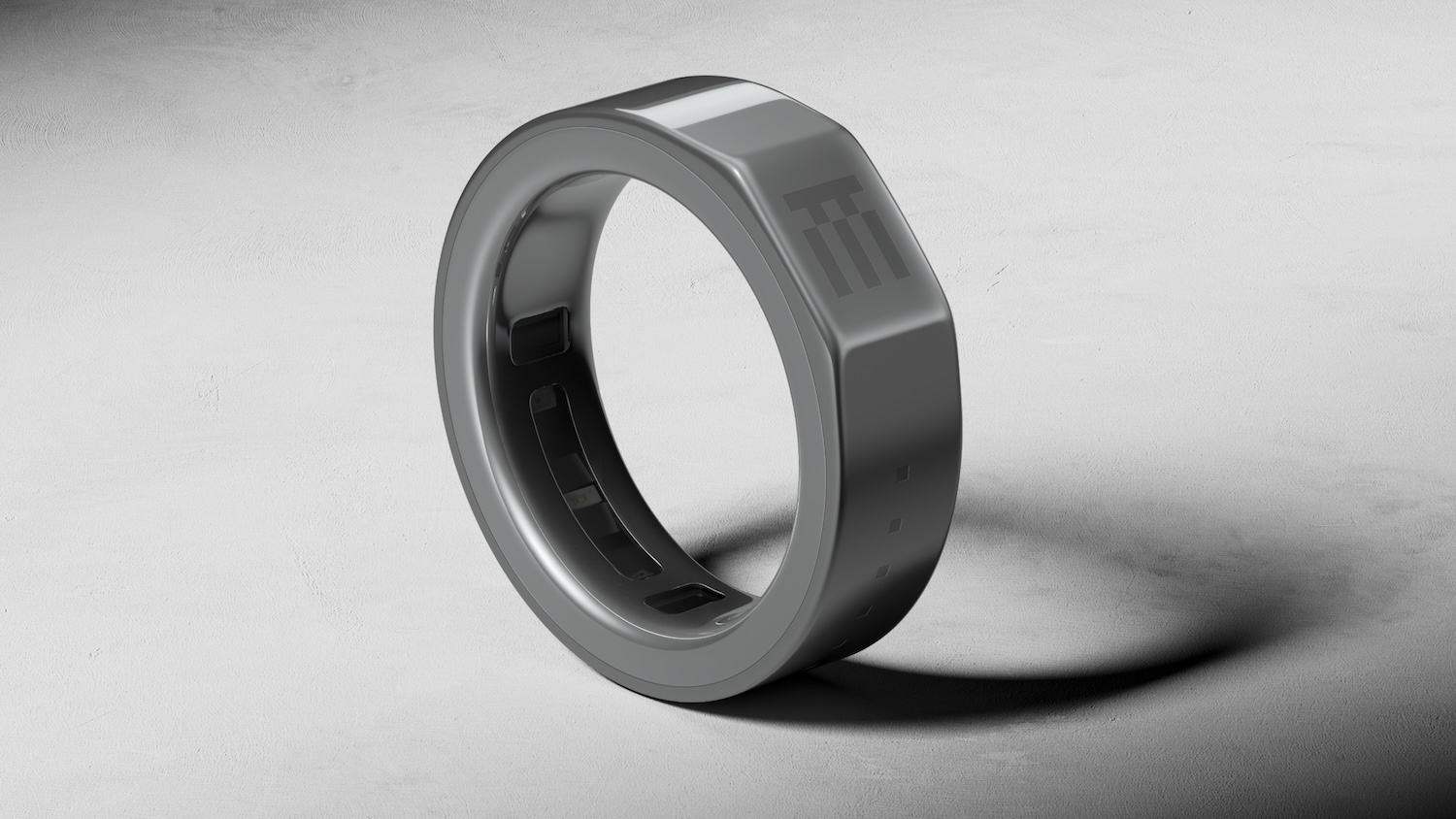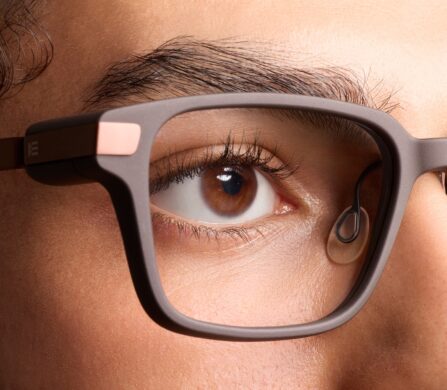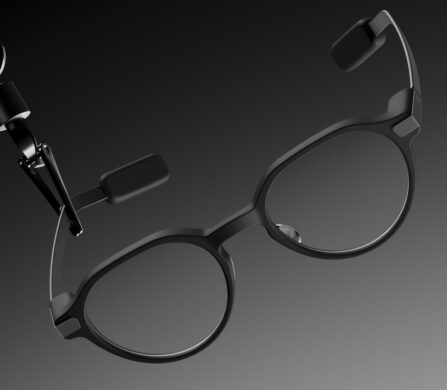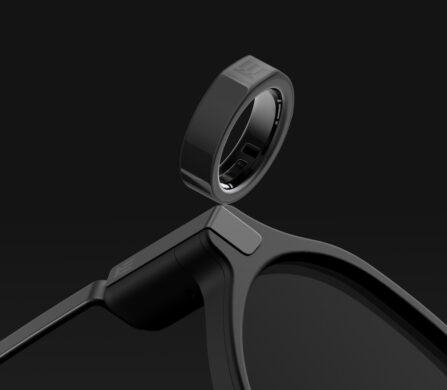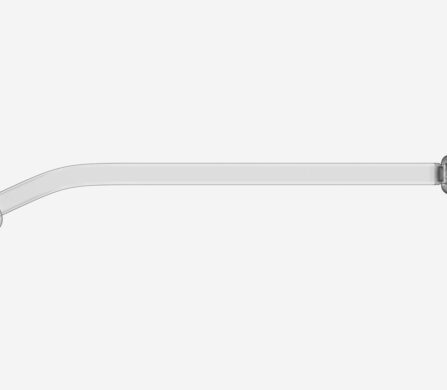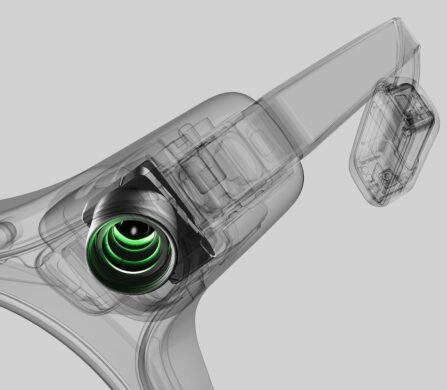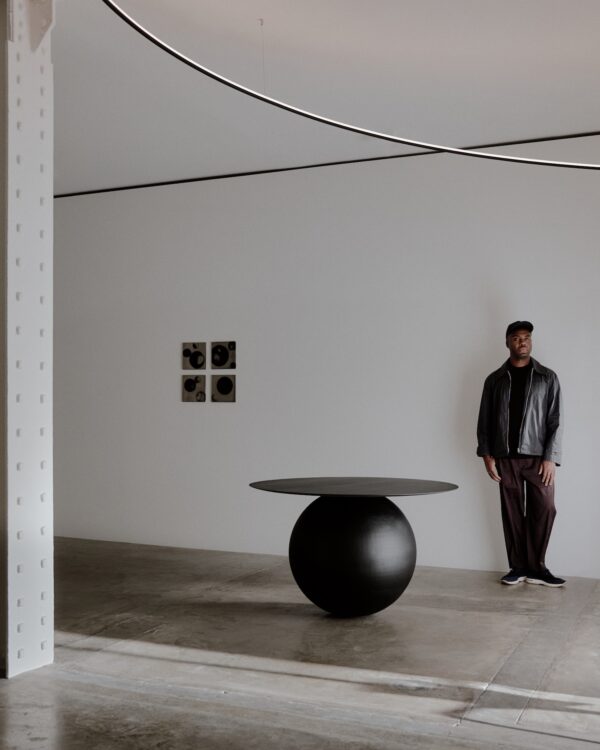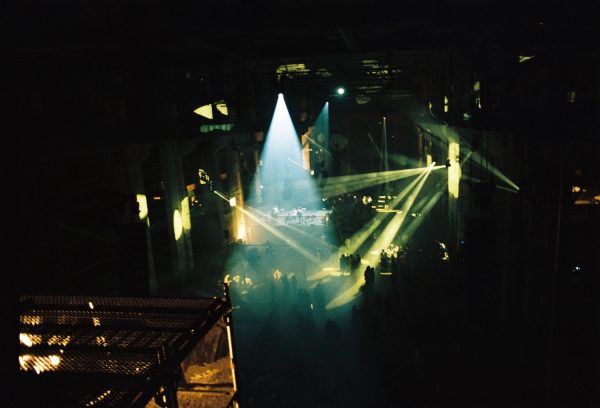
I was looking over the pristine, snow-covered Alps in Lech am Arlberg. It was at that moment – struck by a sense of calm and reflection – that the idea for Schön! alive came to me. I wanted to create a magazine that moves beyond the surface, that goes deeper into the minds, stories and insights of the individuals who are shaping how we live and connect with the world.
For years, Schön! has celebrated images – the artistry of fashion, the drama of style. With Schön! alive, my team and I invite you on a journey beyond the visible, exploring the stories, philosophies and creative souls shaping the way we live, think and feel.
This first issue focuses on mindfulness – an exploration of how intentionality can transform our everyday reality. On the Croatian island of Hvar, we visit the Maslina Resort near the 2,400-year-old town of Stari Grad which epitomises the philosophy of ‘mindful luxury’. In Tuscany, the serene Castelfalfi Resort offers a unique escape where guests can connect with nature and history. In Bonaire, photographer Stephanie Pistel captures the unspoilt magic of the Caribbean Island. Adventure lovers will find inspiration in the story of BMW Motorrad riders who embarked on an epic 40-day motorcycle journey from Europe to Namibia. We also meet visionary Banu Akan, whose Maxx Royal Resorts redefine luxury and relaxation.
Lighting plays a pivotal role in shaping how we experience the world. Helen Neumann, Chief Lighting Designer at Occhio, offers insights into how lighting affects our well-being, complemented by a feature showcasing furniture illuminated by Occhio’s designs. Sound, too, shapes our lives in profound ways. In an inspiring interview with Steph Carter, Director of Culture Marketing at Marshall, we explore how sound serves as a powerful force in our lives.
We journey into vastly different spheres when it comes to taste, from a whirlwind 72-hour tour of Oslo to the wisdom of culinary legend Raymond Blanc OBE. Michelin-starred chef Hélène Darroze discusses how creating emotions, rather than chasing stars, lies at the heart of her restaurants, while Scottish chefs are rewriting the story of British cuisine, proving that innovation and heritage can coexist beautifully.
As with Schön!, creativity is dear to us. There’s an intimate look into the world of scent with Frédéric Malle, an exploration of champagne’s evolution with Ruinart’s Chef de Caves, Frédéric Panaïotis, and Philippe Starck’s avant-garde olive mill, where art, history and gastronomy merge seamlessly. We meet four artists, suggested by Fabien Vallérian, International Director of Arts & Culture at Maison Ruinart, who celebrate natural elements through their work, while advocating for sustainability.
As you turn these pages, I hope you’ll feel inspired to pause, reflect and explore the stories that make life richer – just as I was in the Alps – because life isn’t just about what we see: it’s about what we feel and how we connect.
Welcome to this exciting new chapter. Welcome to Schön! alive.
— Raoul Keil, Editor in Chief at Schön! and Schön! alive

Get your print copy of Schön! alive at Amazon.
Download your eBook.


